INTRODUCTION
Chinese Tomb Art reflects how ancient Chinese approach death and how they live. Thorough out different dynasties, people believed death is an extension of life, but in a spiritual form. So some daily comforts of their past life, such as servants, guards, charioteers, horses, drinking vessels are provided for them in the after life. Today, as some important tombs have been excavated, like recent discovery of Marquis of Haihun’s tomb, we are able to study those burial objects in order to reveal the insight of ancient Chinese society. Among the many remarkable archaeological excavations in China, the most extraordinary one is the discovery of the terra-cotta army. It was built for the China’s first Emperor, Qin Shihuangdi, who conquered six other states and unified the realm in 221 B.C. It is estimated that there are more than seven thousand terra-cotta warriors been buried.[2] The figures are life-size and originally painted with vibrant colors, which make them look lifelike and unique. Comparing with two kneeling archers in necropolis, it is noticeable that they almost look the same overall. However, it is noticeable that each of them have distinguishable features, like different facial expressions and various sizes of legs. Terra-cotta army reflects a standardizing society with a capability of mass production in Qin Dynasty, through its production.
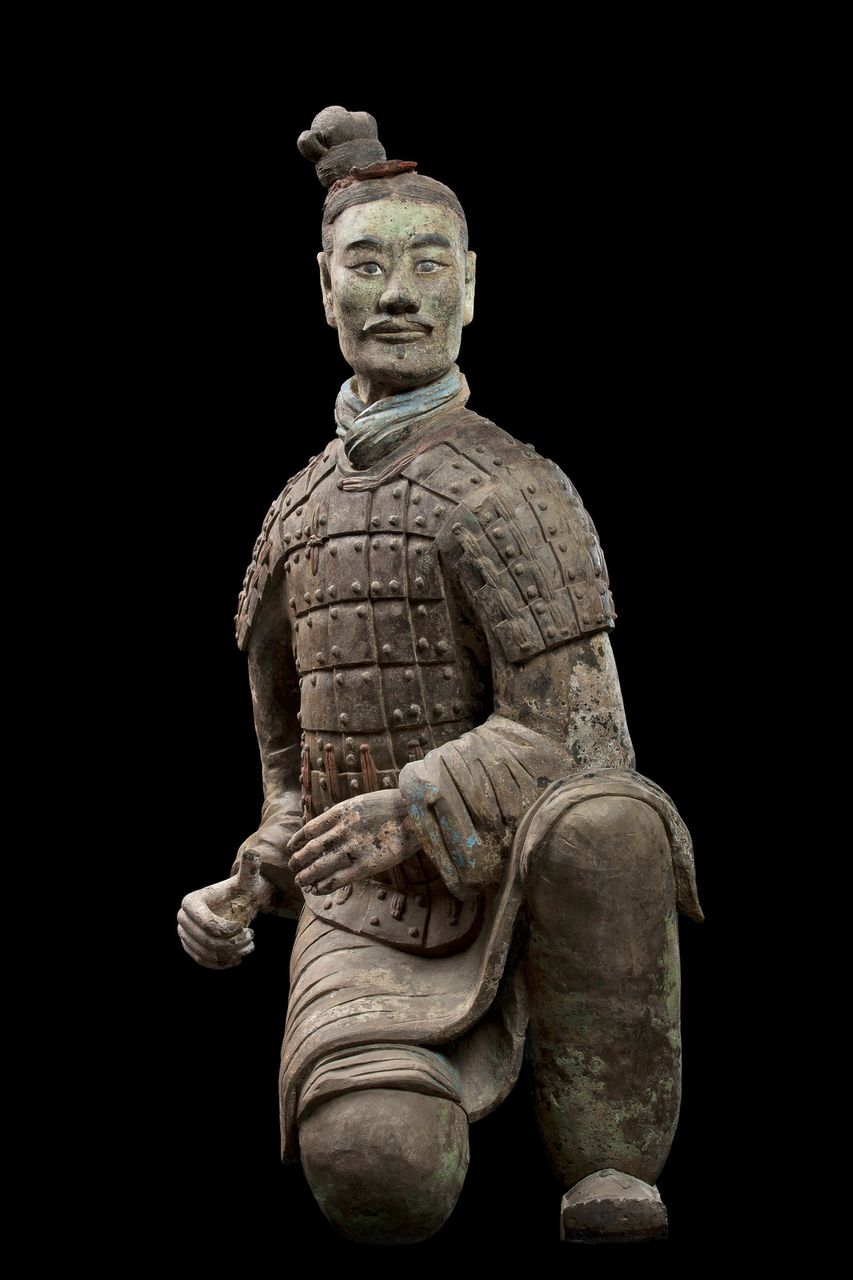
Figure 1
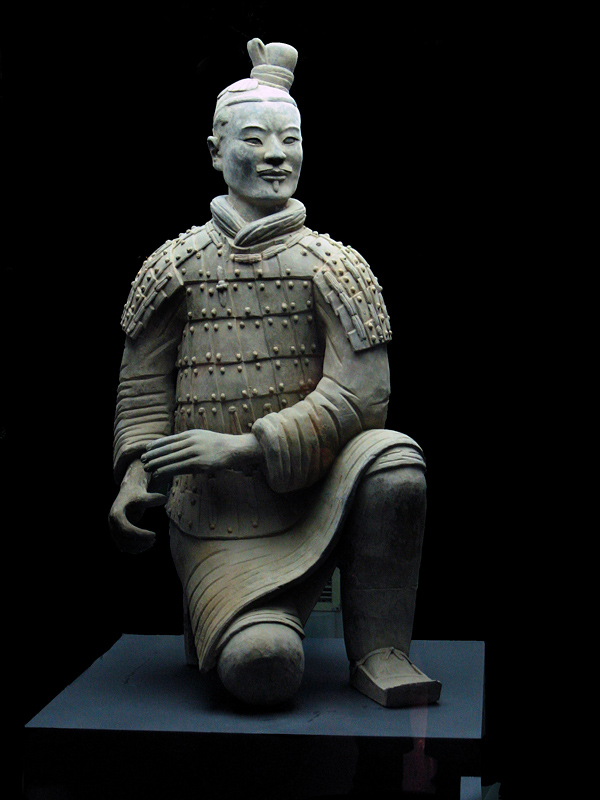
Figure 2
PARAGRAPH 1
The overall measurement and almost identical gesture of the two archers prove that they were made by following a standardized system. According to Lothar Lederrose, the height of them is almost the same of 122cm. The length of the feet varies from 25cm to 29cm, the circumference of the torsos from 85 to 107 centimeters and the length of faces from 19 to 20 centimeters.[3] It is believed that ancient Chinese using molding technique to standardize overall size and speed up the making process. The hands gestures of both also indicate they were holding same weapons, which later archaeologists identified are crossbows. But only the bronze trigger, containing four parts, survived today. The four mechanical parts are cast precisely to fit together perfectly. “The tolerance for error lies within fractions of a millimeter.”[4] When comparing with thousands of other bronze triggers in all pits, they are all identical in measurement, which proves that the triggers are actually interchangeable. It is more efficient during the war that archers could exchange the broken parts to a workable one in a very short time. Two terra-cotta figures are both carved with small inscriptions on unnoticeable parts of body, which indicates who made them. Whoever made a mistake or created the parts in incorrect size will get punished strictly according to Qin’s law. Inscription serves as quality control to make sure the uniformity in overall.
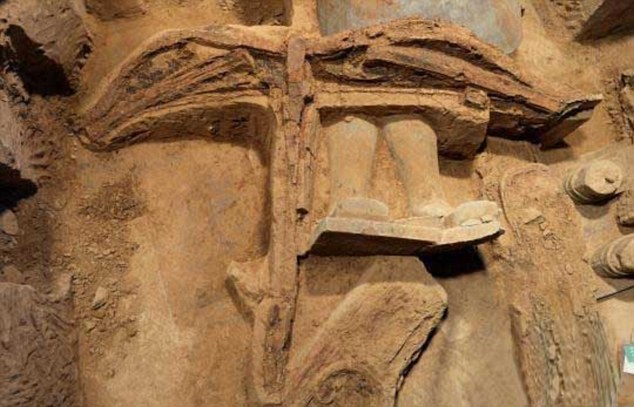
Relics of crossbow
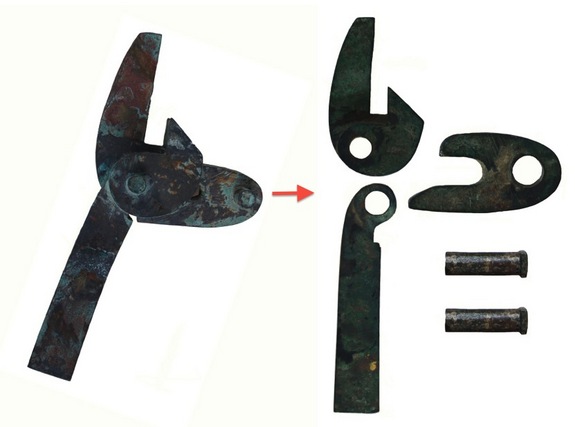
Bronze trigger mechanism
PARAGRAPH 2
In spite of uniformity, the army still conveys an overall impression of extraordinary variety.[5] Mass production plays an essential part in making every terra-cotta figure look unique and individualistic. Comparing left legs from two figures, figure 1‘s looks bloated and similar to a drainage pipe used in the necropolis and under the Qin palace, while left leg of figure 2 is slimmer and straighter. The inscriptions on each figure indicate there are made by different groups of people. Inscription beginning with the character “gong” and in a stamp form means he is a master of craftsmanship from state factories and set standards of quality. Whereas, a place-name, capital Xianyang, in front of the name, Ke and without stamp signifies he is an ordinary worker from local workshops. According to Lothar Ledderose, in total there were a thousand of masters and each of them controlled a ten-man team.[6] The usage of inscription systems proves that a large of number of workforce made this big project possible. Another difference lies on the angels of heads, hands and legs. For instance, the head of figure 1 is facing straight toward the front. However, the head of figure 2 is slightly titling left. And figure 1 is showing the full back of left hand. Whereas, figure 2’s left hand is titling almost 45 degrees. After scanning the broken parts, archaeologists believe each of the figures normally consists of seven major parts: a plinth, the feet, the legs, the torsos, the arms, the hands, and the head, of which each varies in size and style. Eight types of heads, two types of feet, eight types of torso and so forth, with each type having three subtypes were identified. With a large number of different combinations, it is doubtless that over 7,000 terra-cotta warriors look different and unique. Further more, their facial appearances differ from one another. Figure 1 has a lager pair of eyes, and thicker eyebrows, while figure 2 has frowning stokes on forehead and got a sharper nose and denser mustache. It is a result of imperfect handmade process that workers had to stick different parts with wet clay and add another carving texture by hand. Imperfection made by massive workforce indeed caused every figure lifelike and individualistic.
CONCLUSION
The discover of Qin Shihuangdi’s terra-cotta warriors restores an ancient model of Qin society and impresses us that ancient Chinese were capable of applying complex systems of mass production to assemble extraordinary works through a standardized society. And these systems have deeply influenced how Chinese think and behave till now.
Words count: 931
[1] “House Model.”
[2] “Unification of China”
[3] Ledderose, Ten Thousand Things, 72.
[4] Ledderose, Ten Thousand Things, 60.
[5] Ledderose, Ten Thousand Things, 72.
[6] Ledderose, Ten Thousand Things, 70.
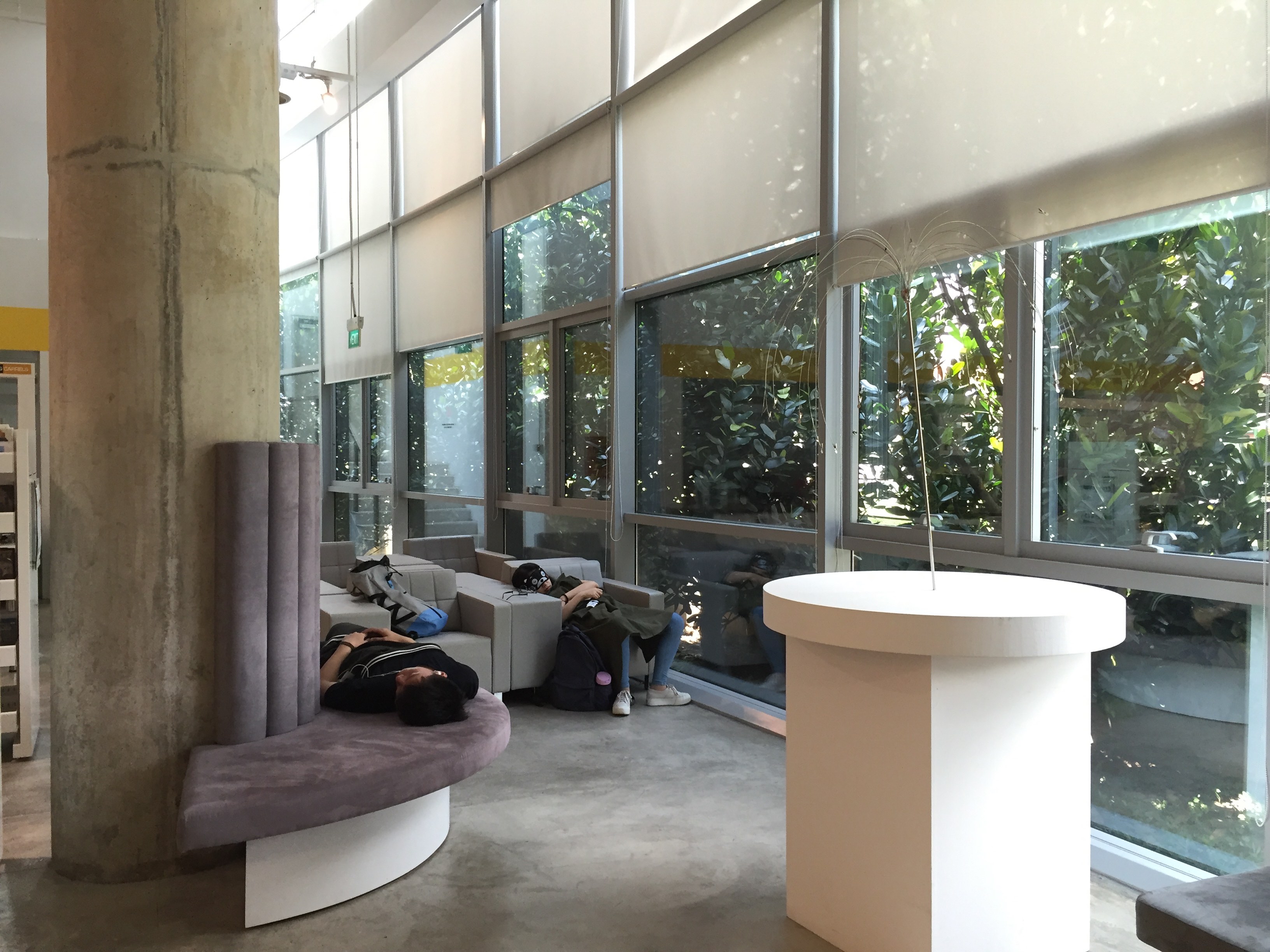
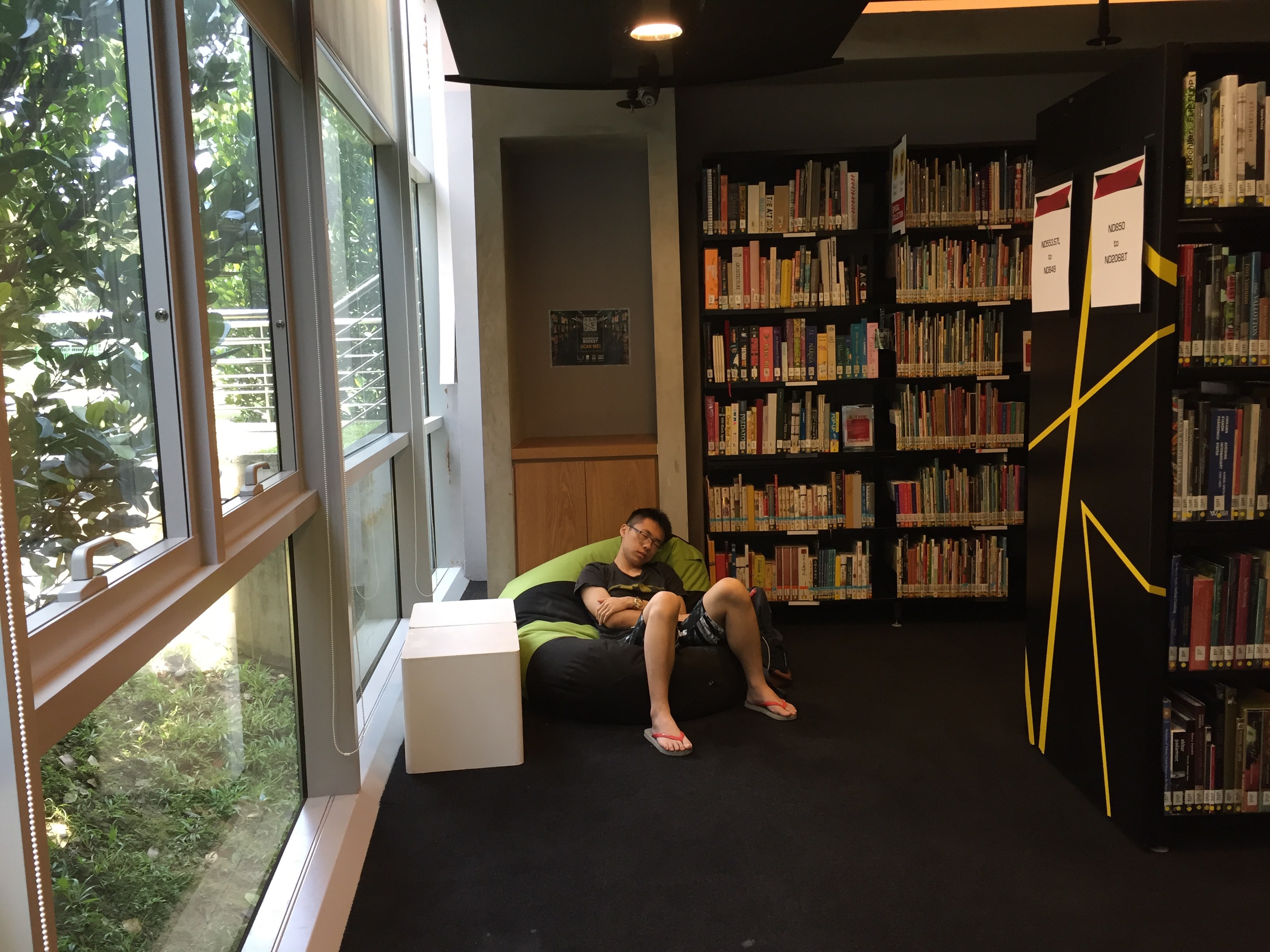
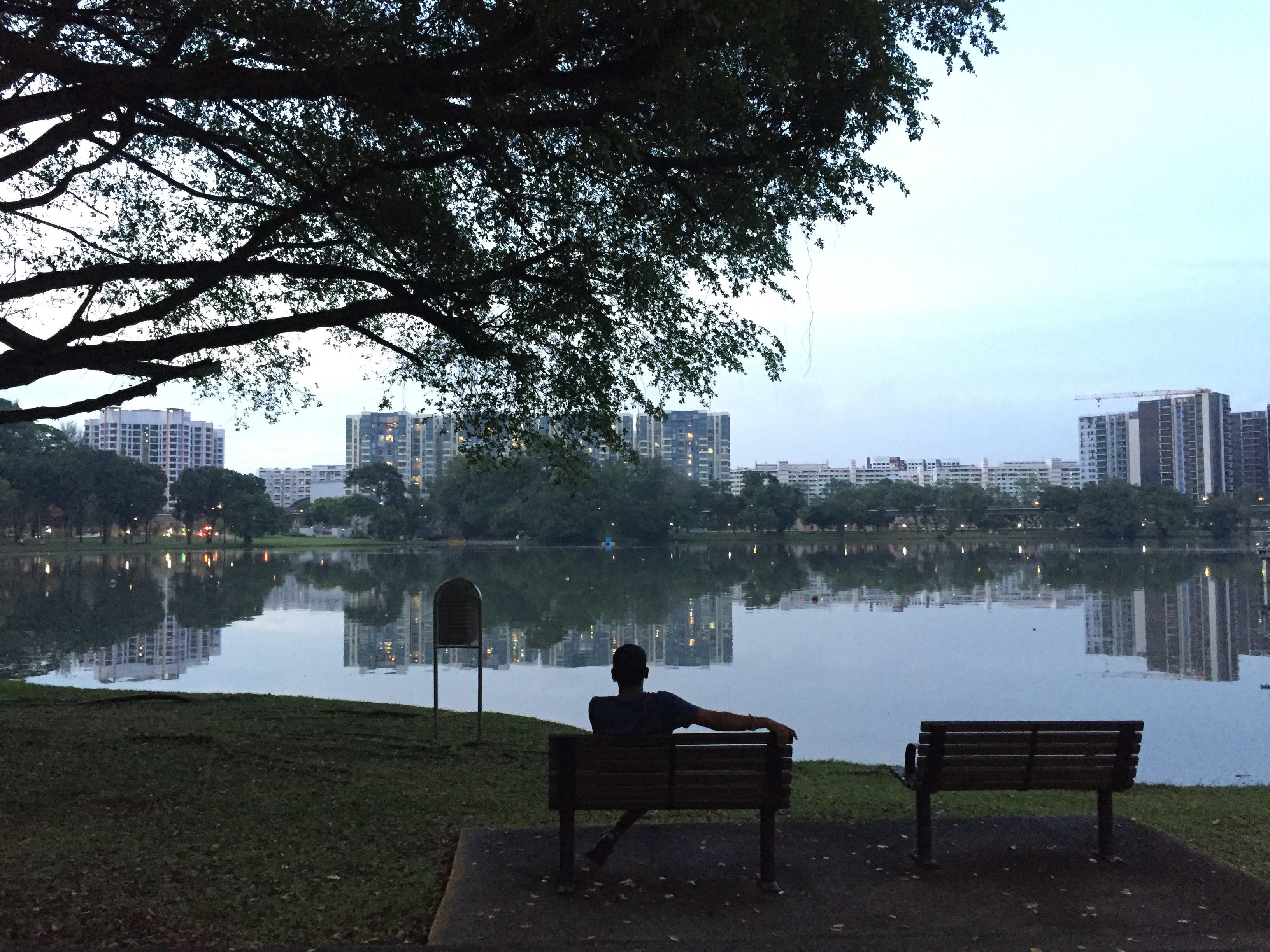
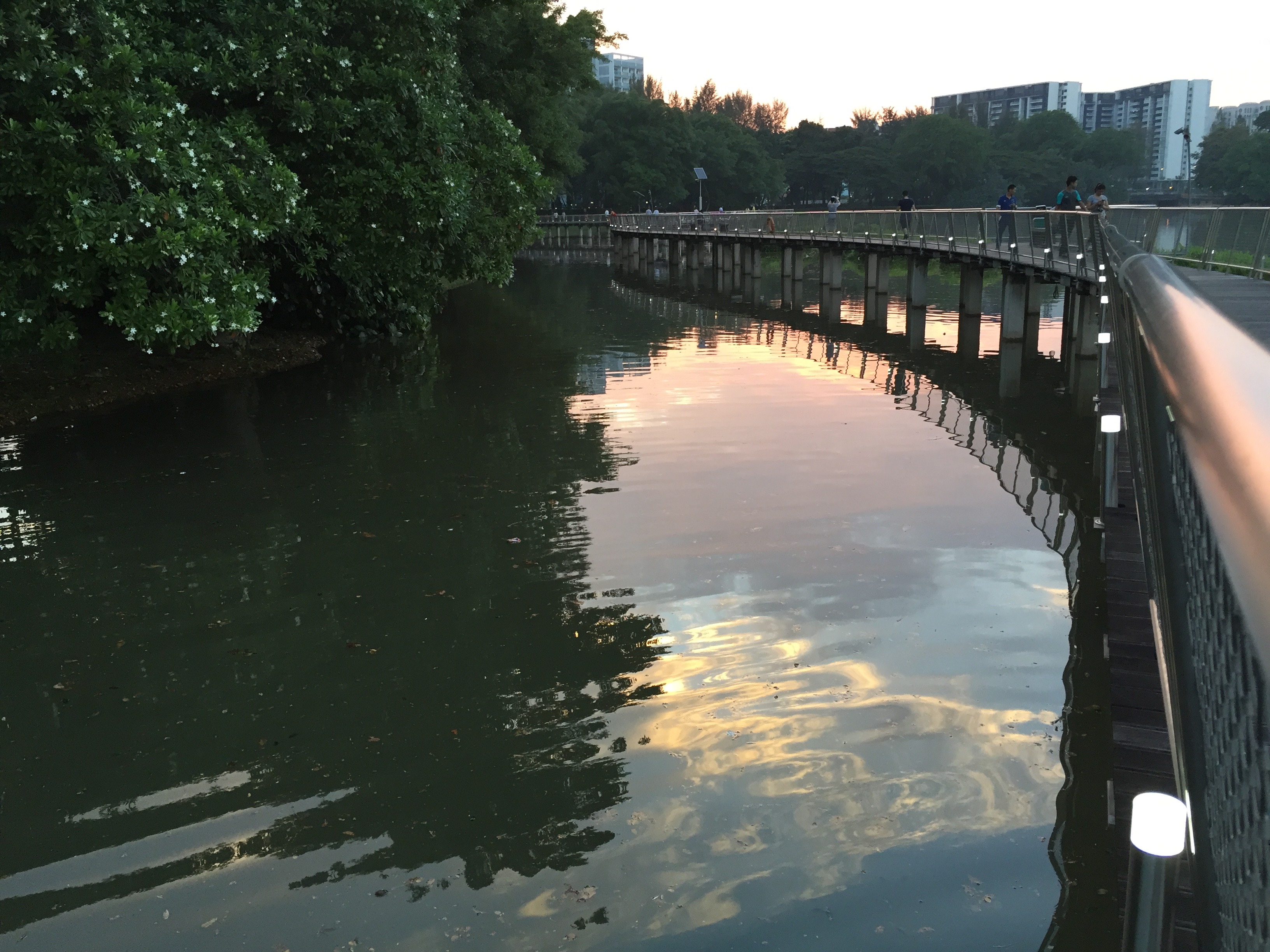




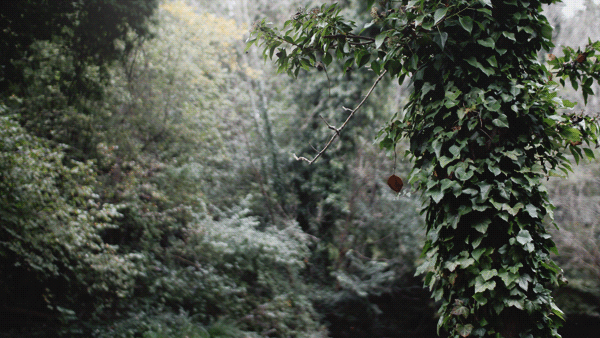
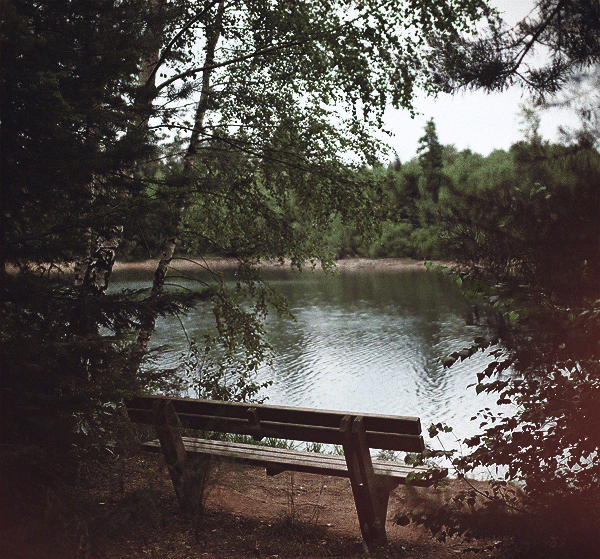
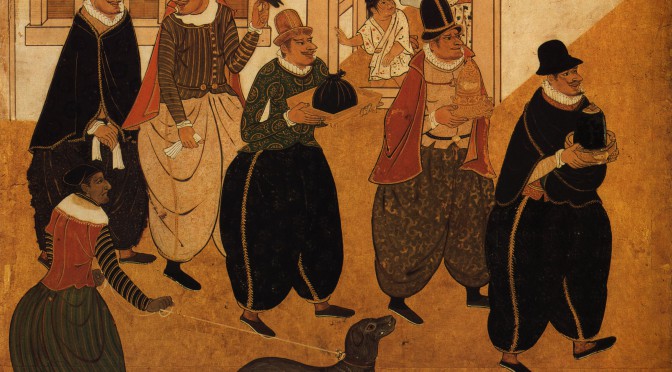
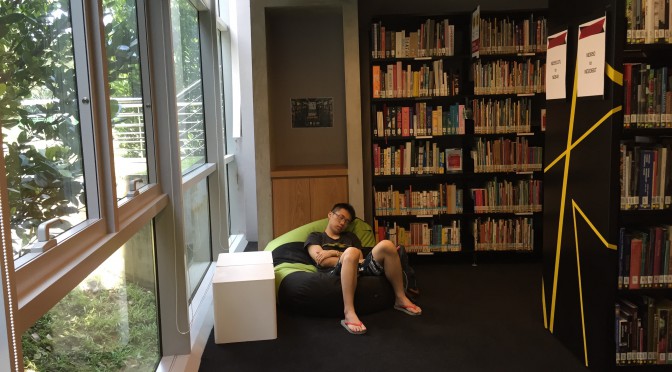
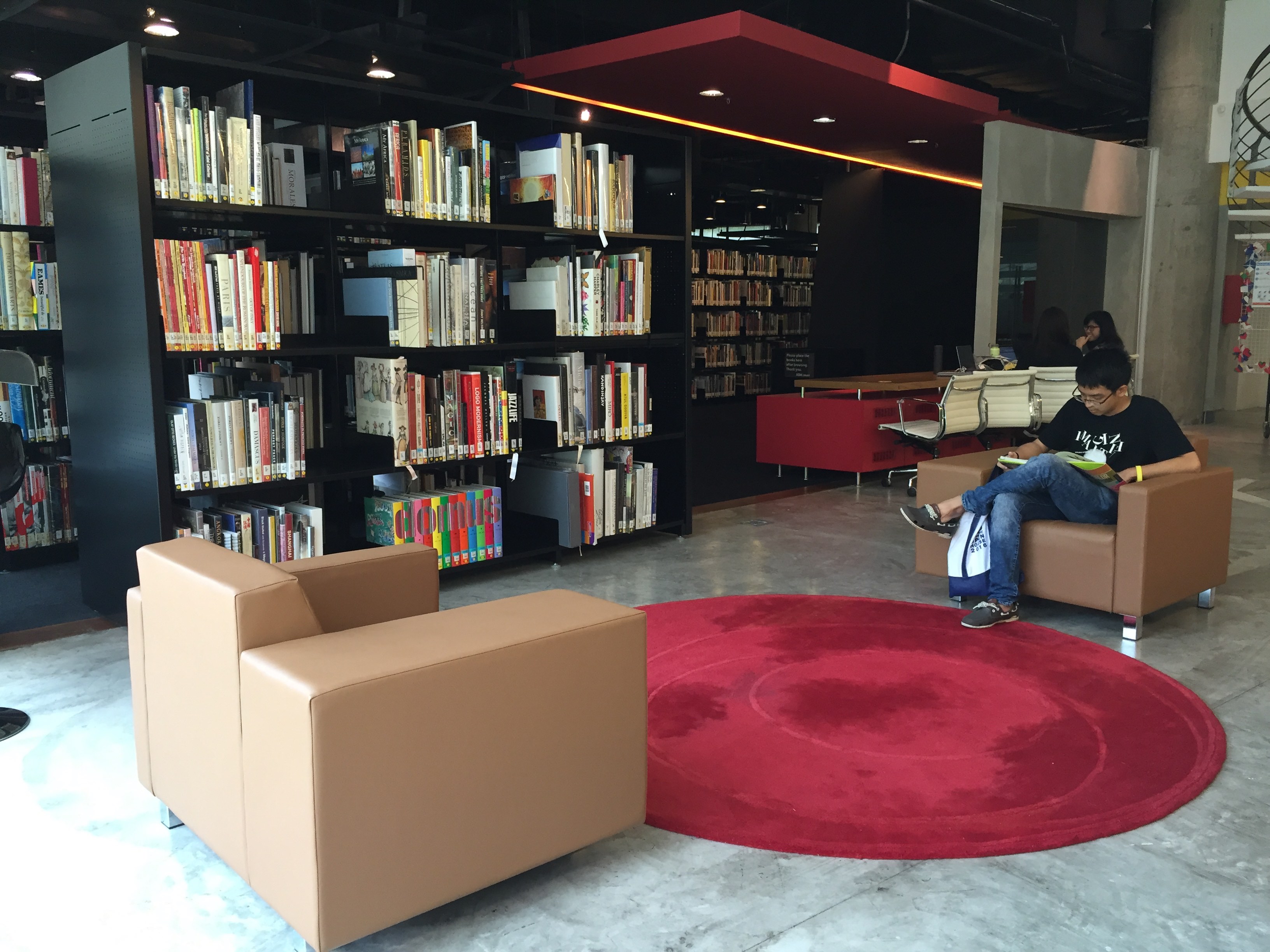
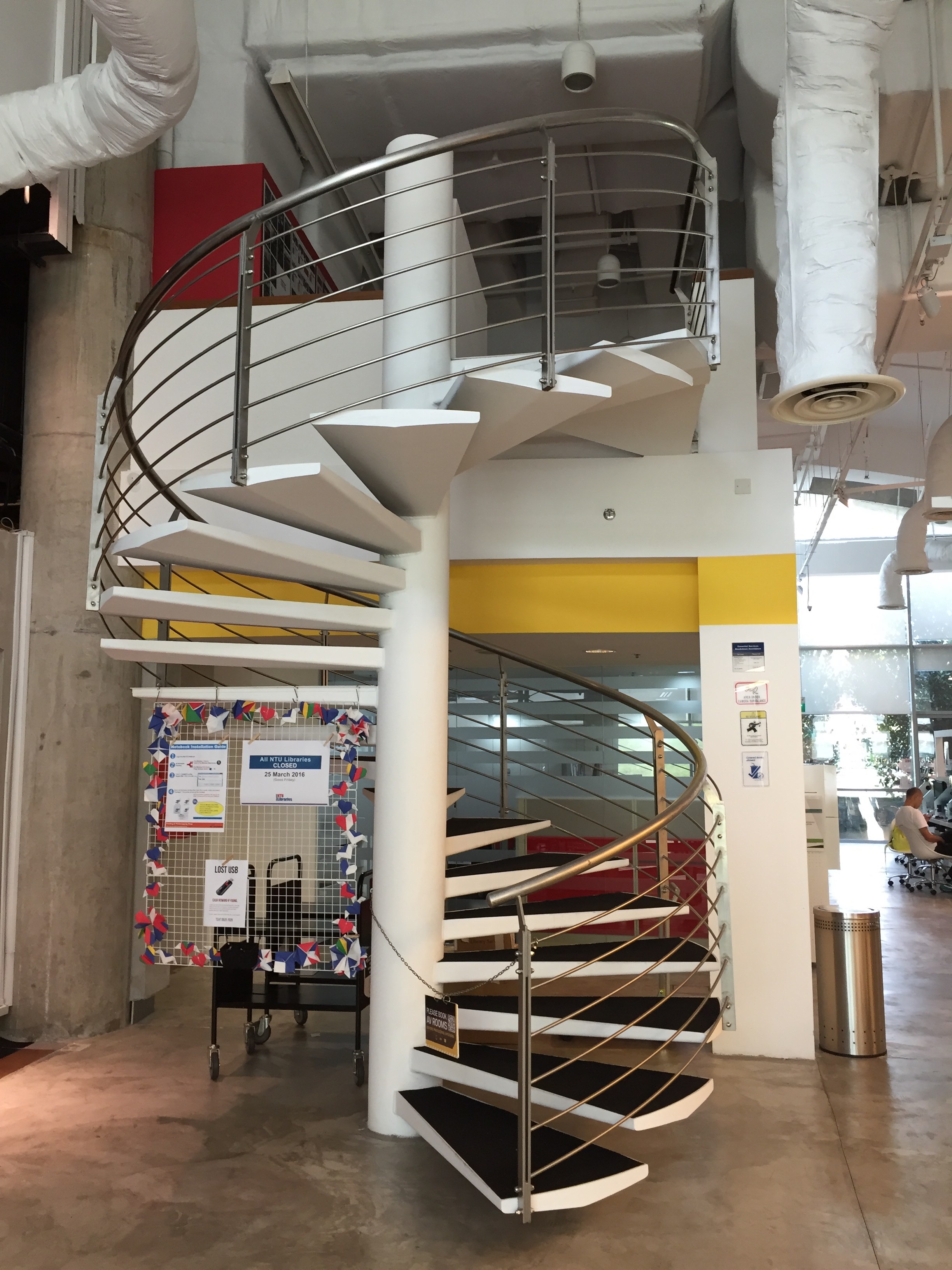
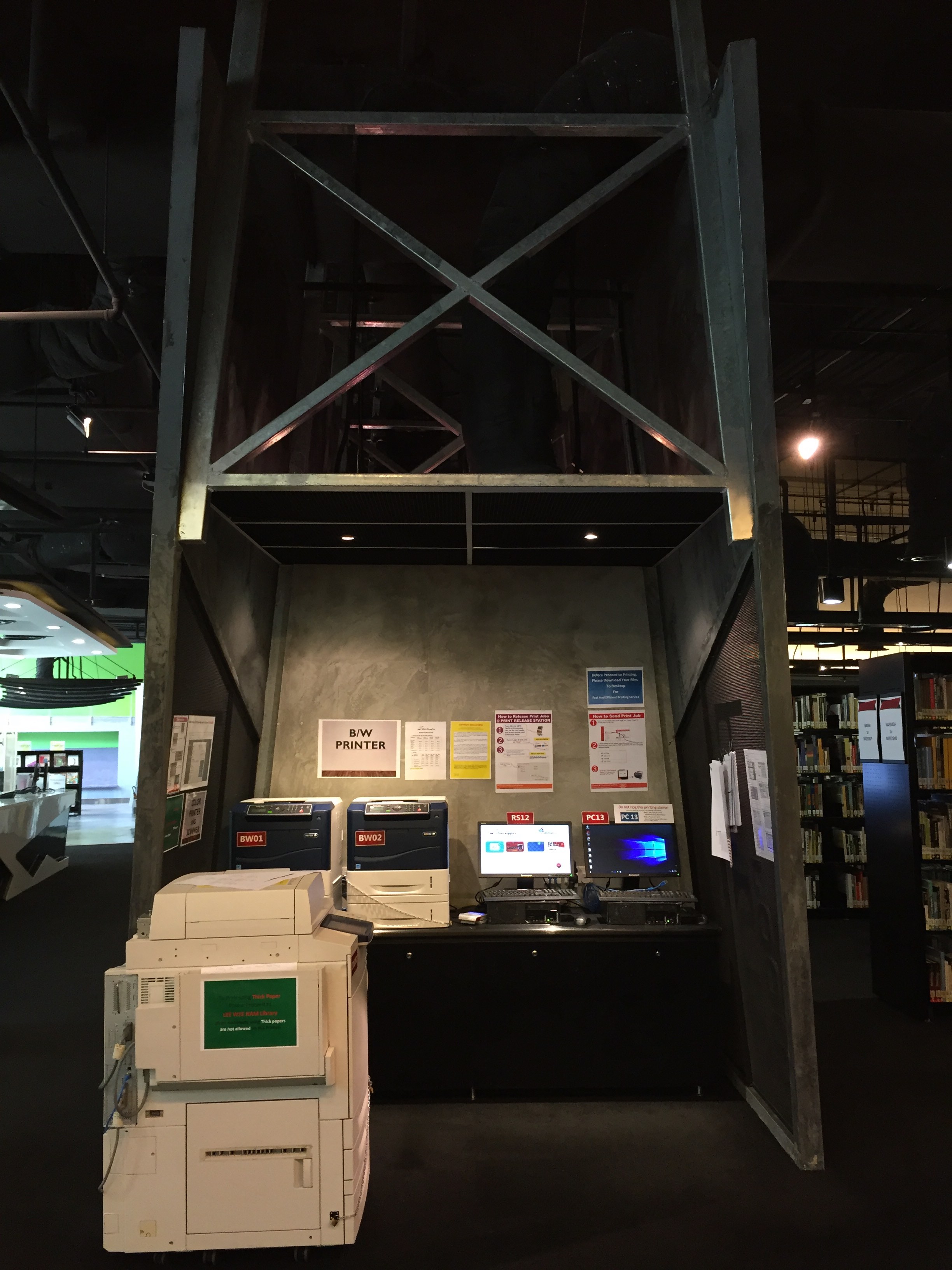
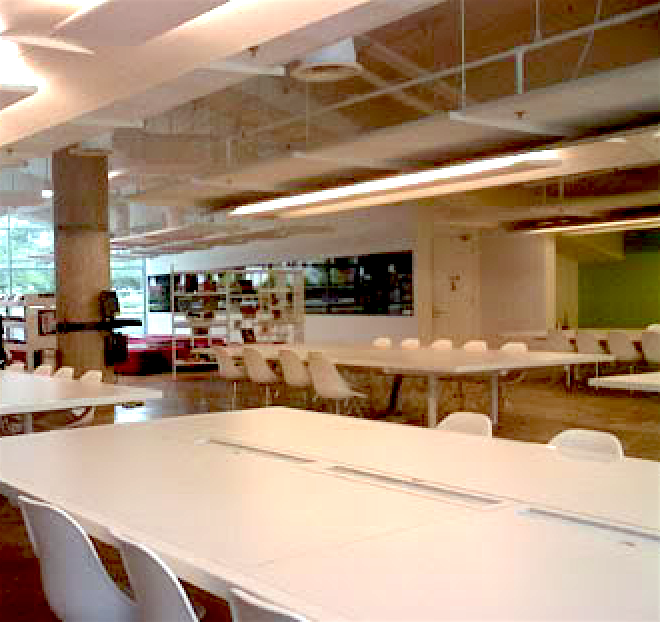
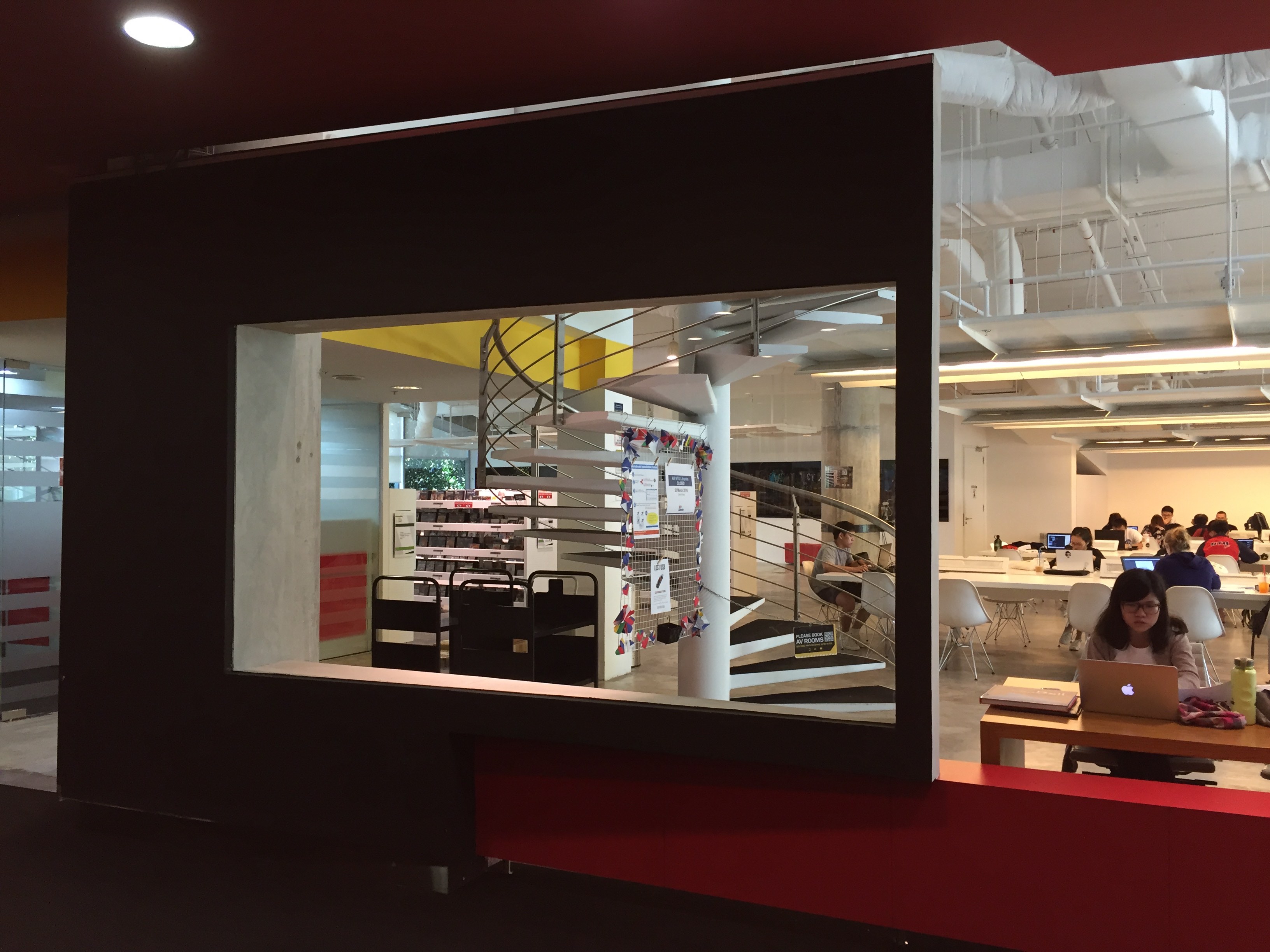
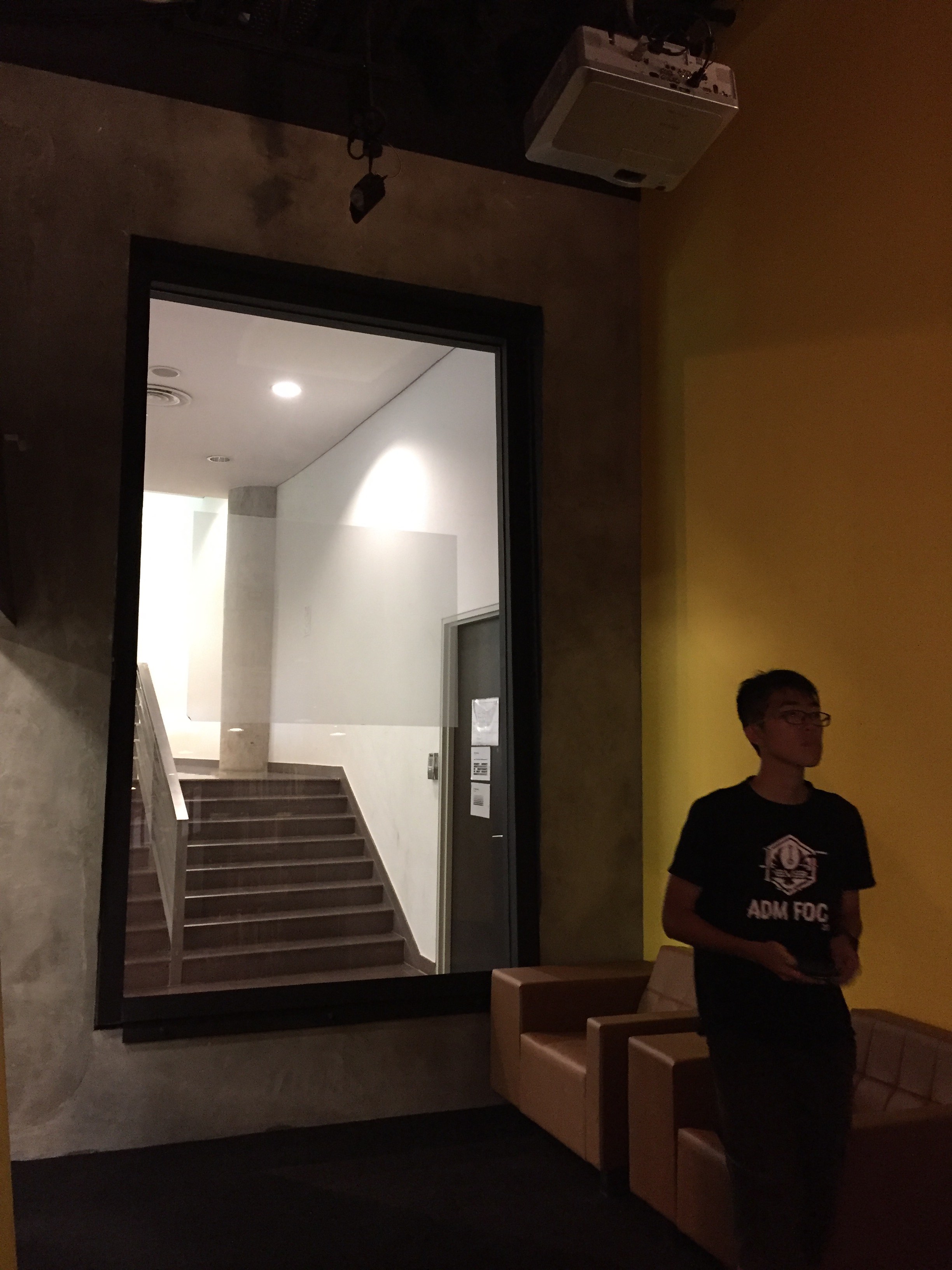
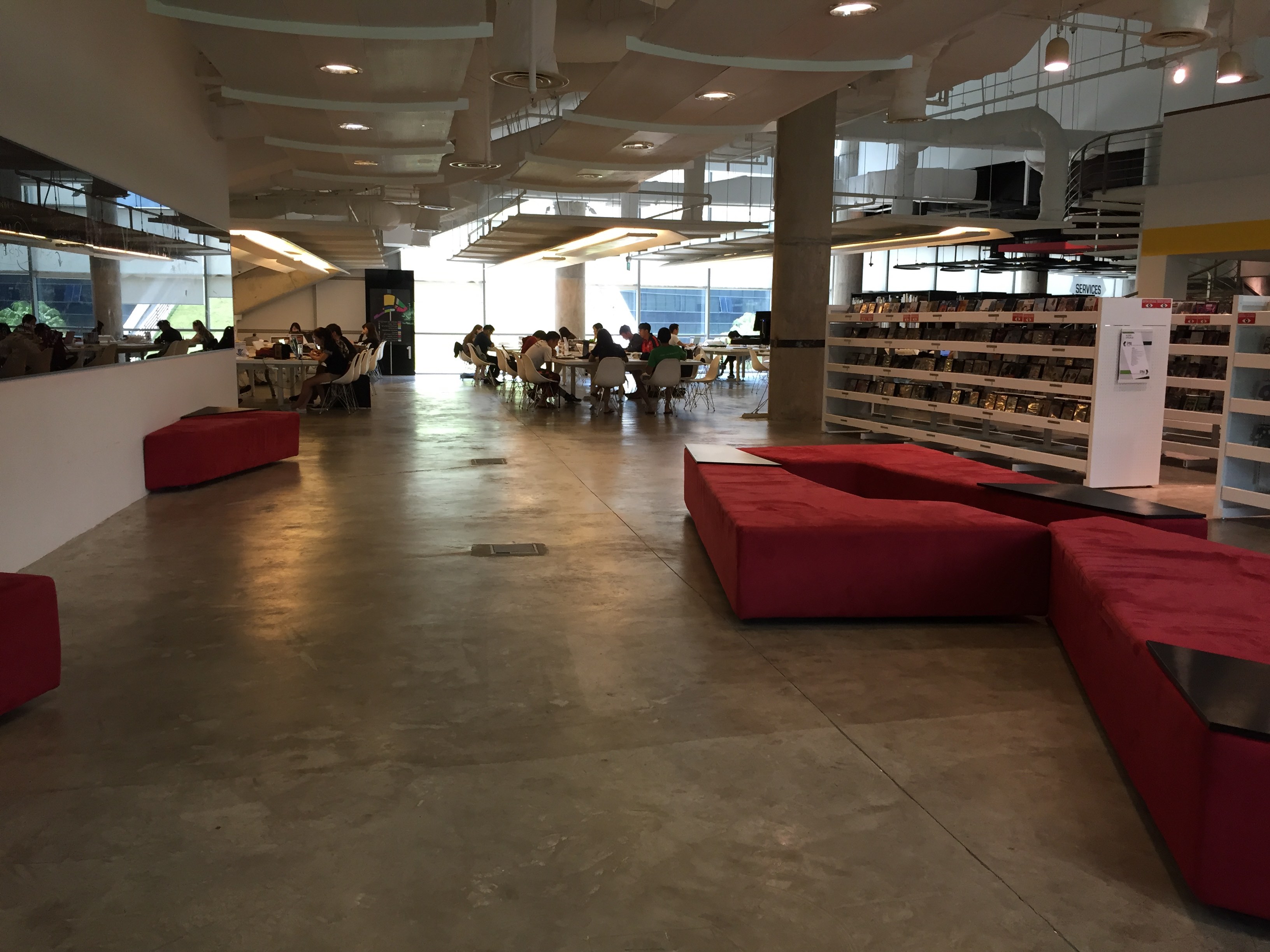



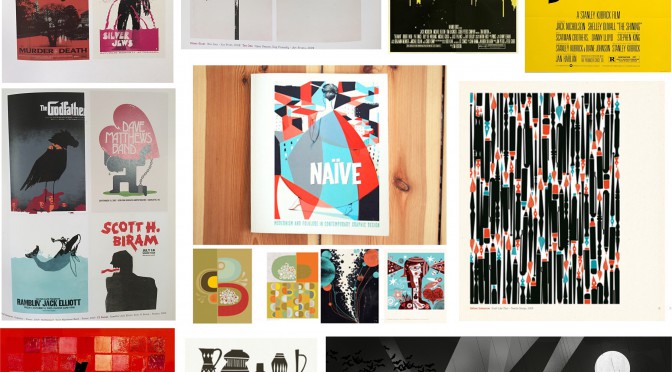
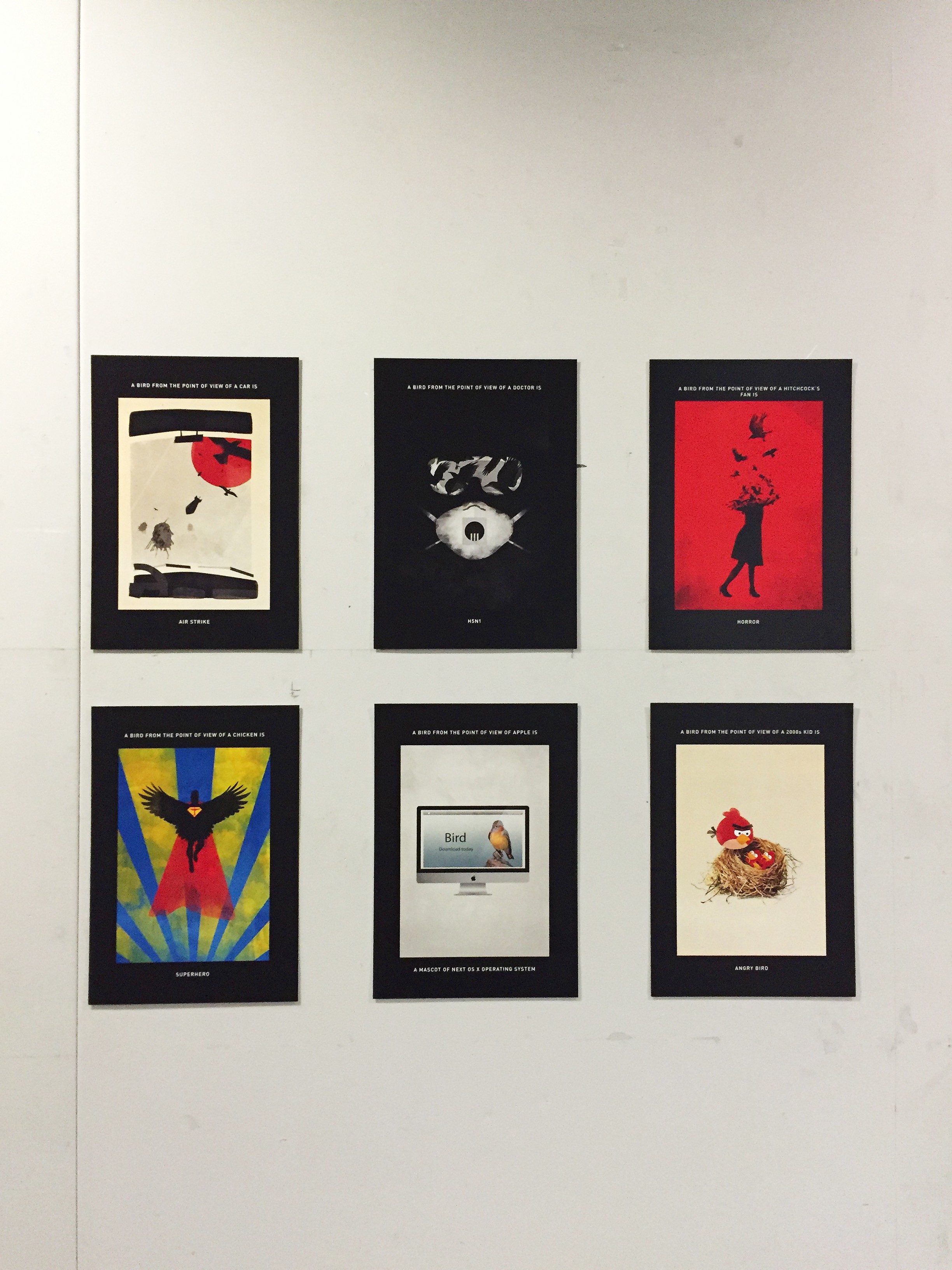

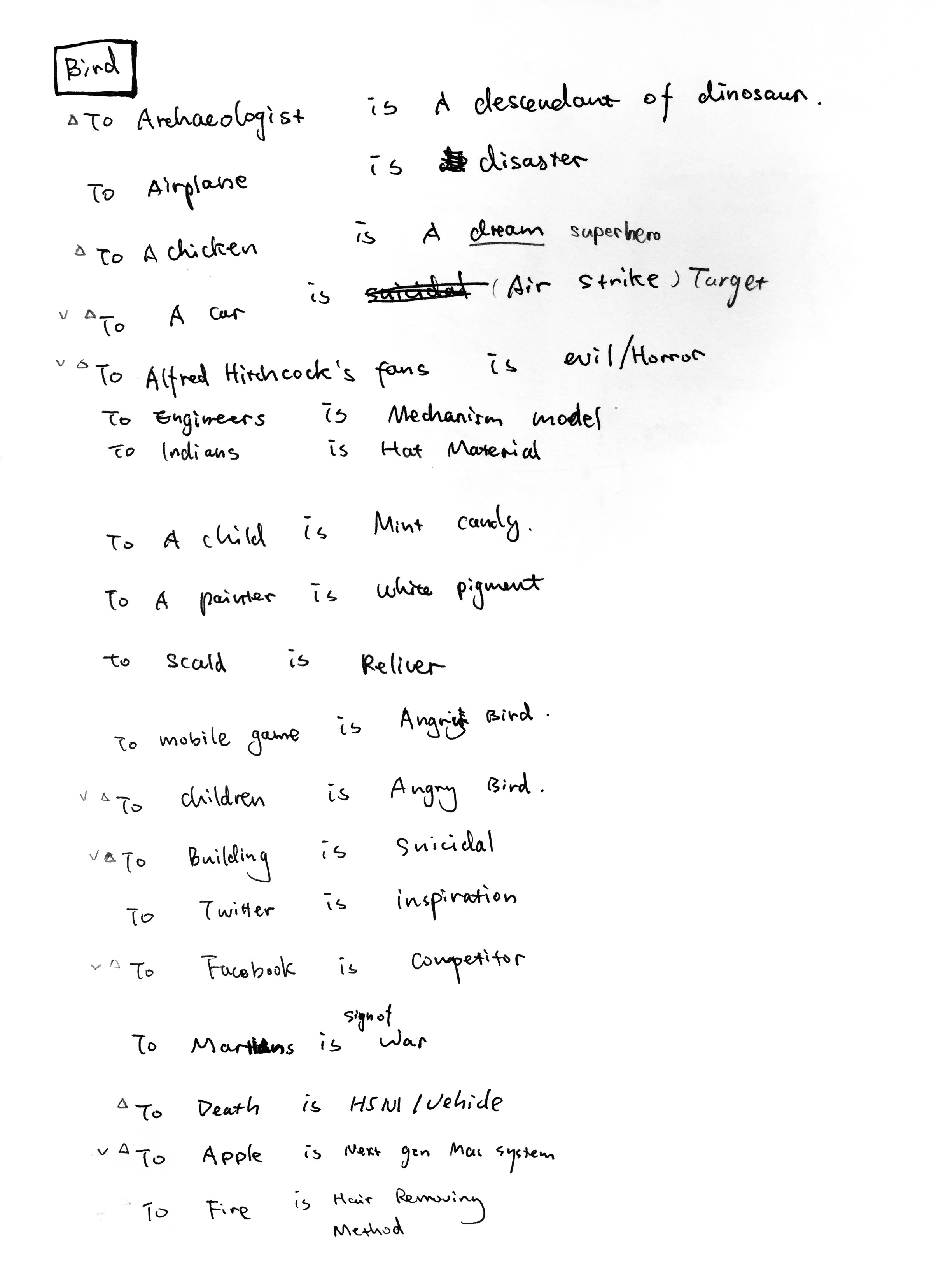
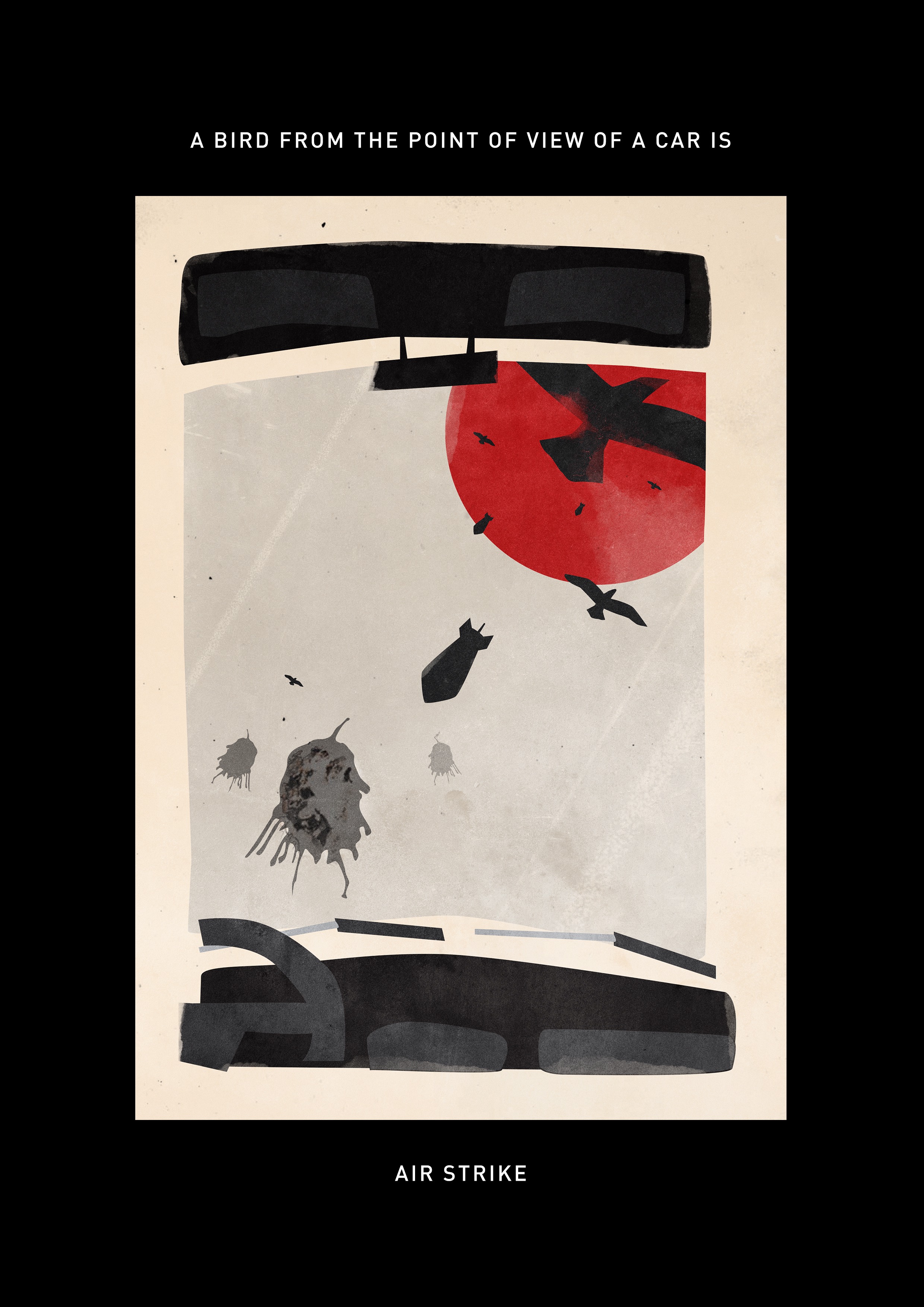
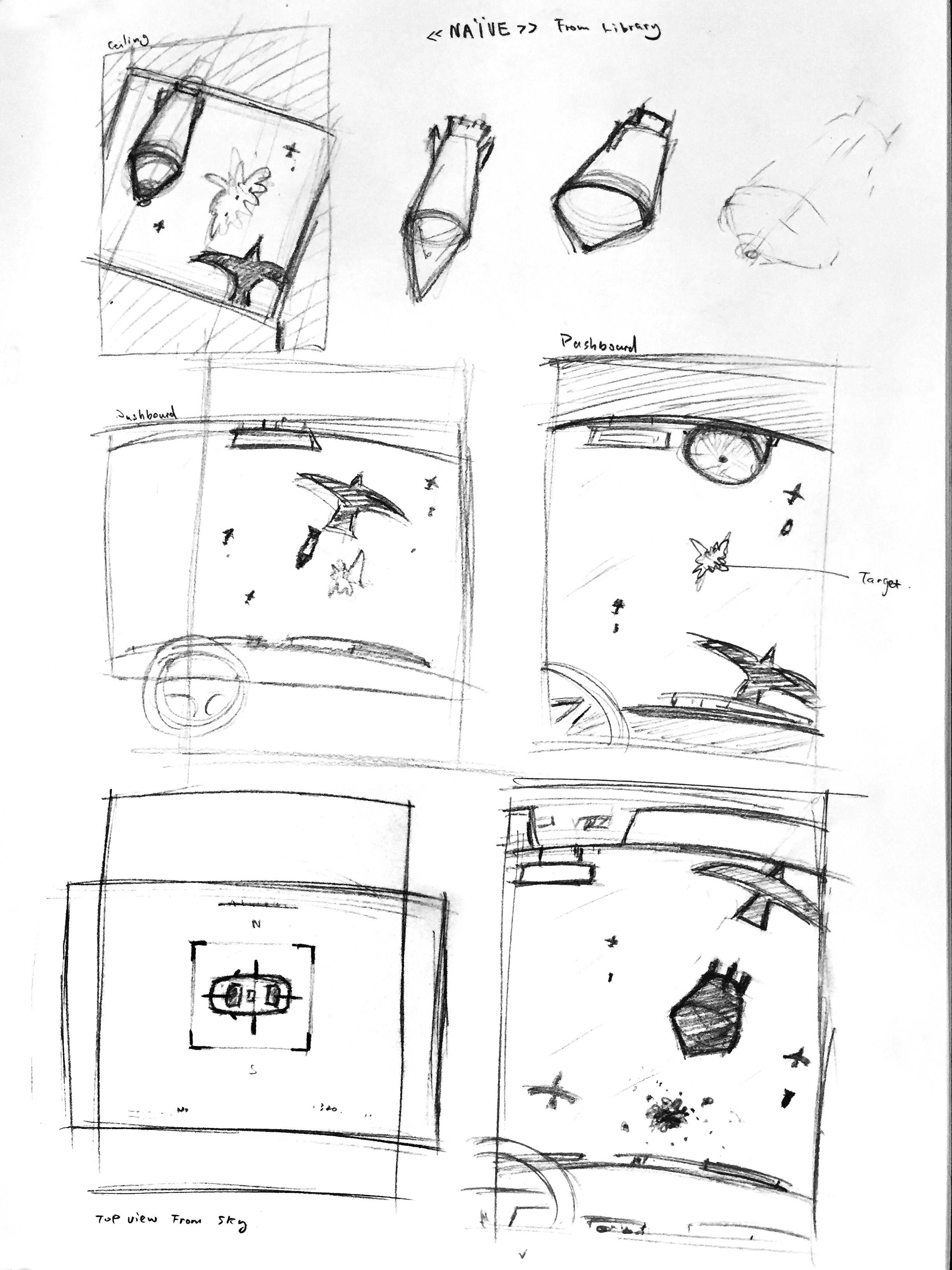
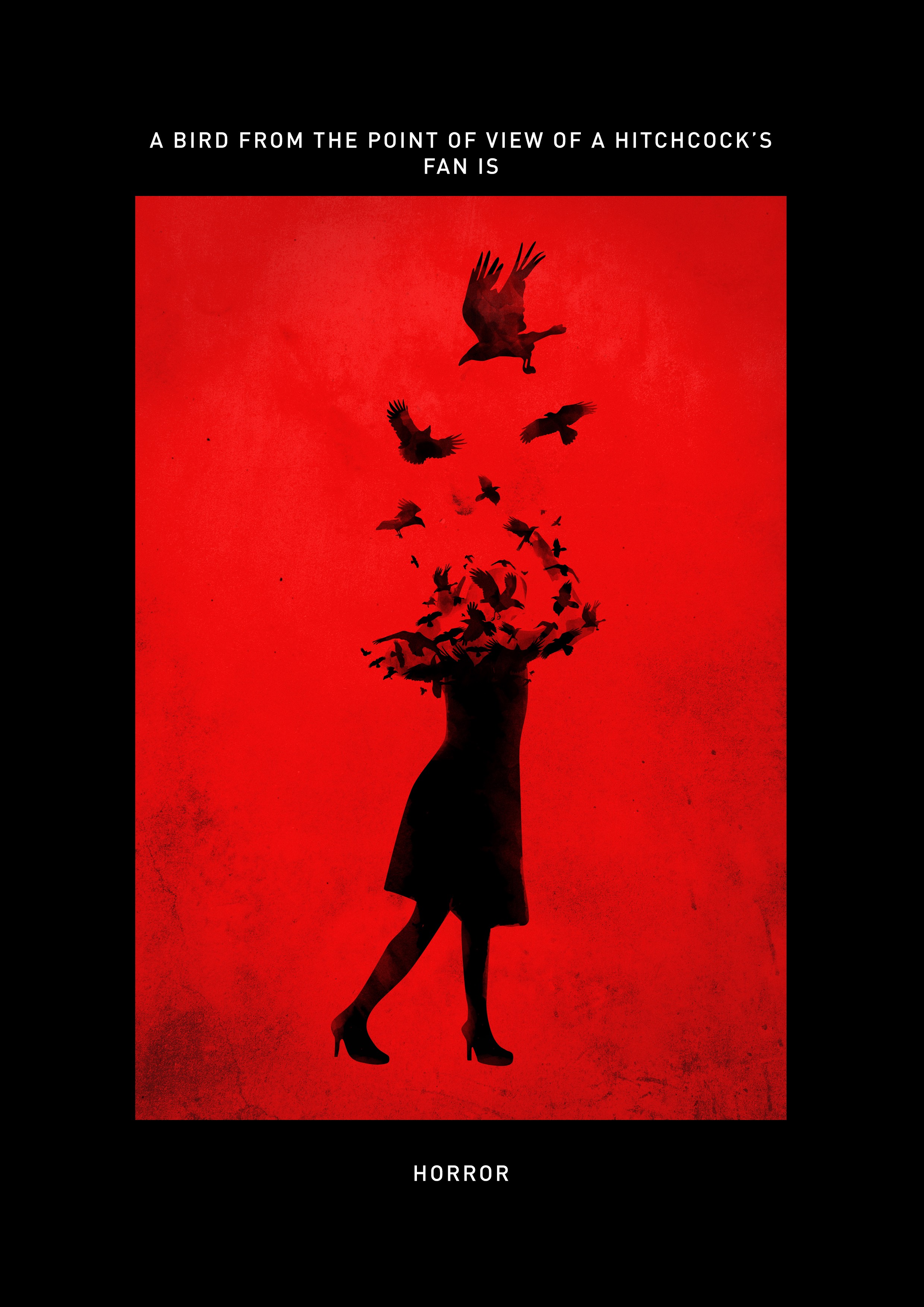
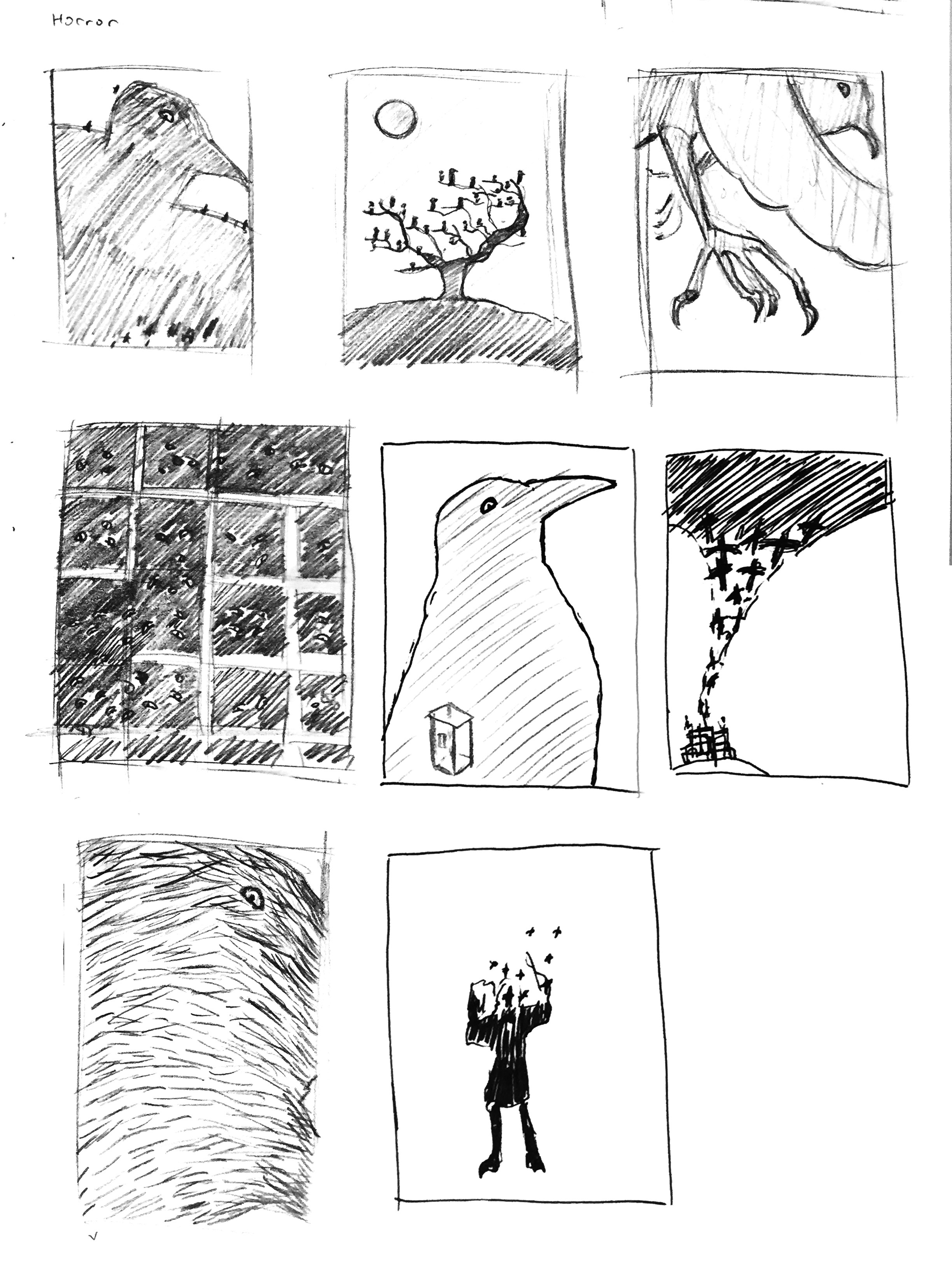
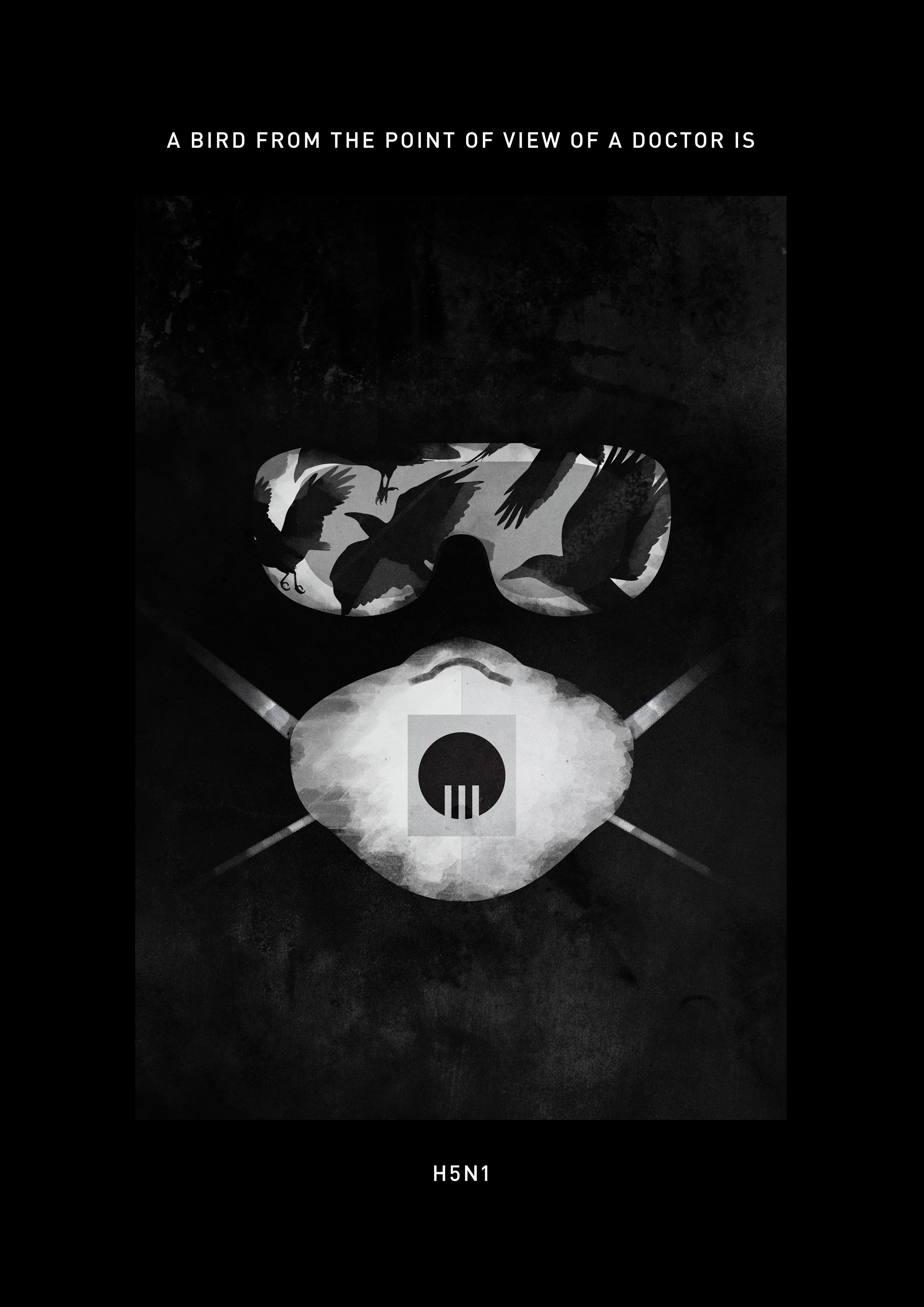
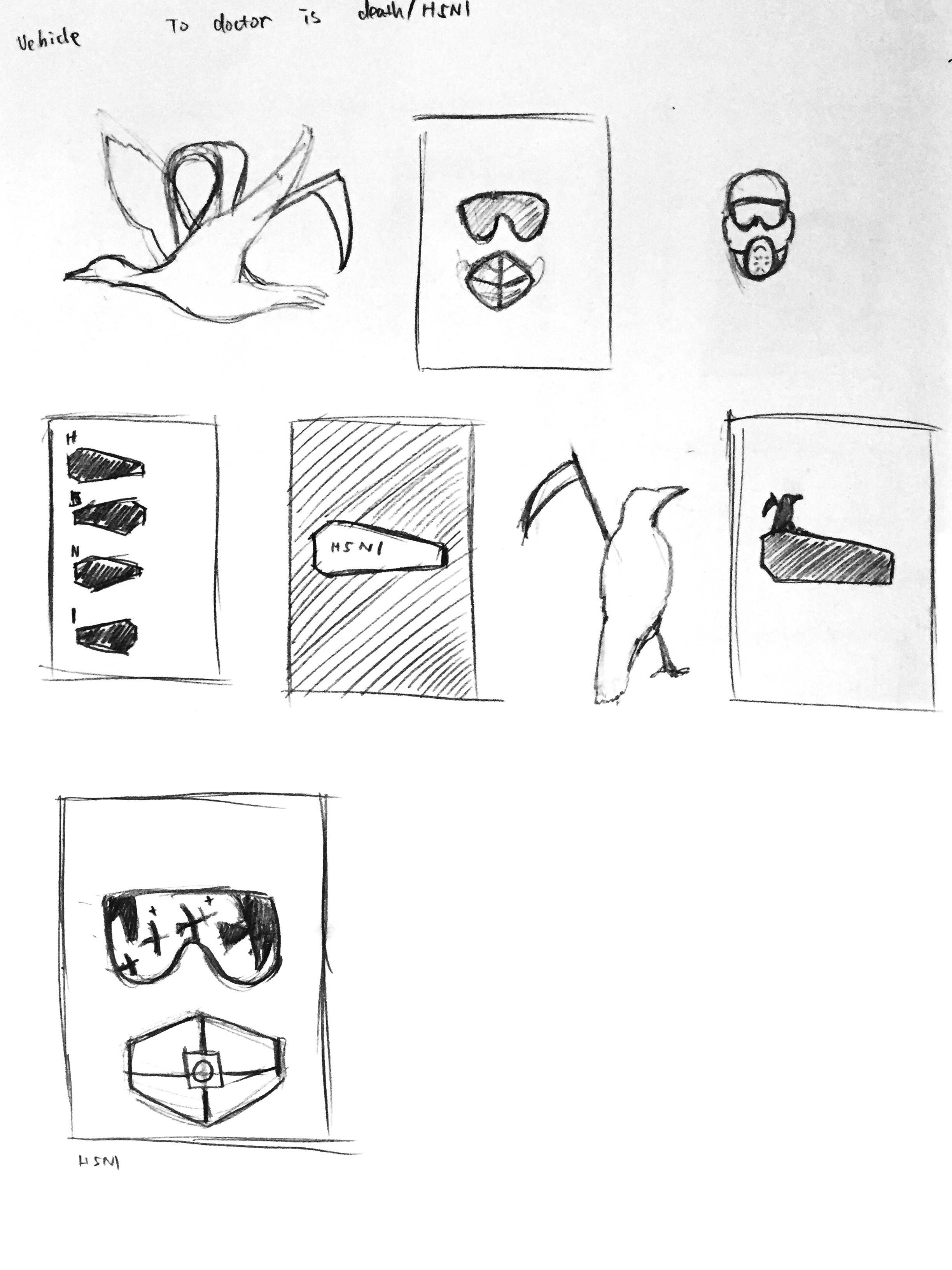
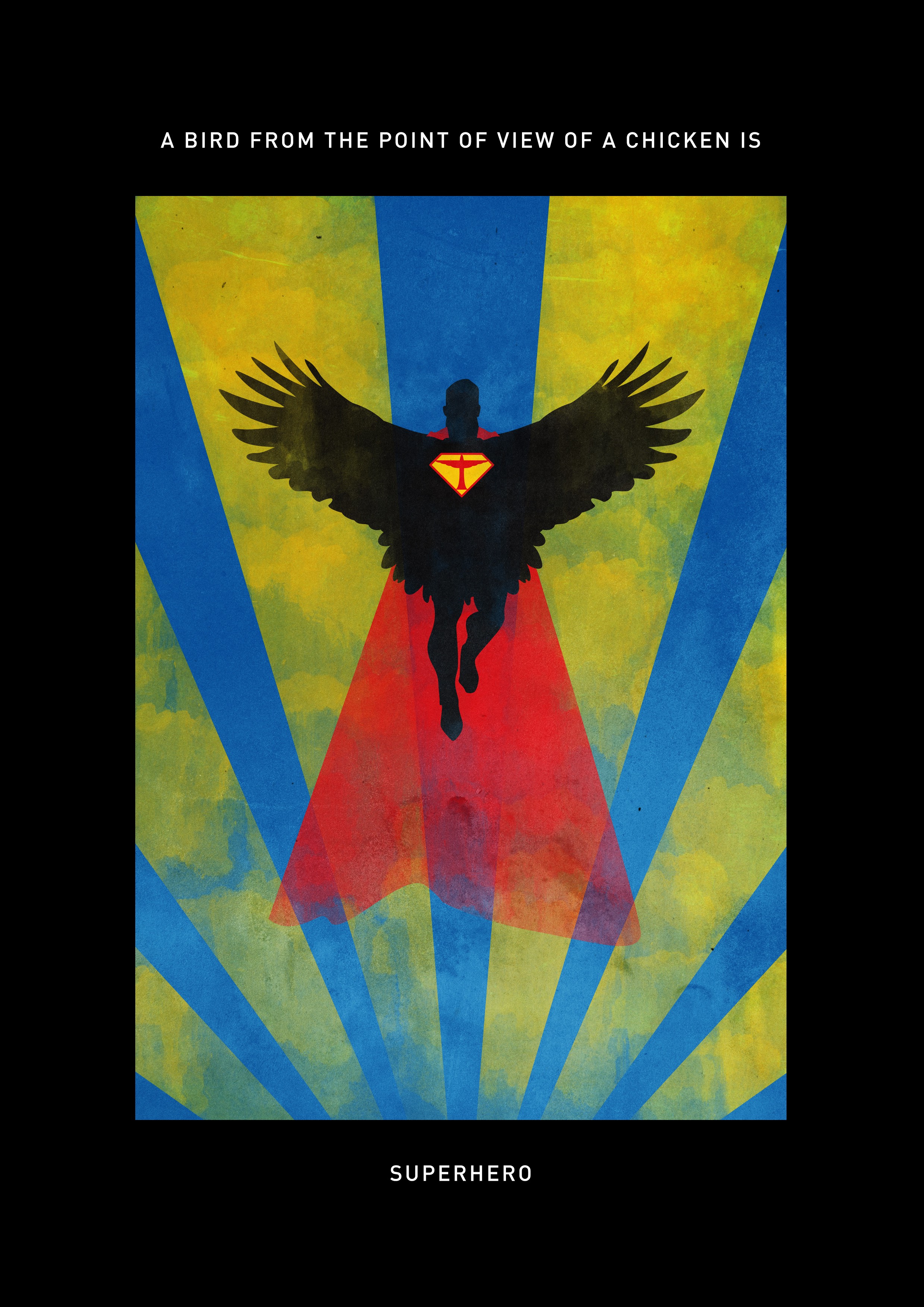
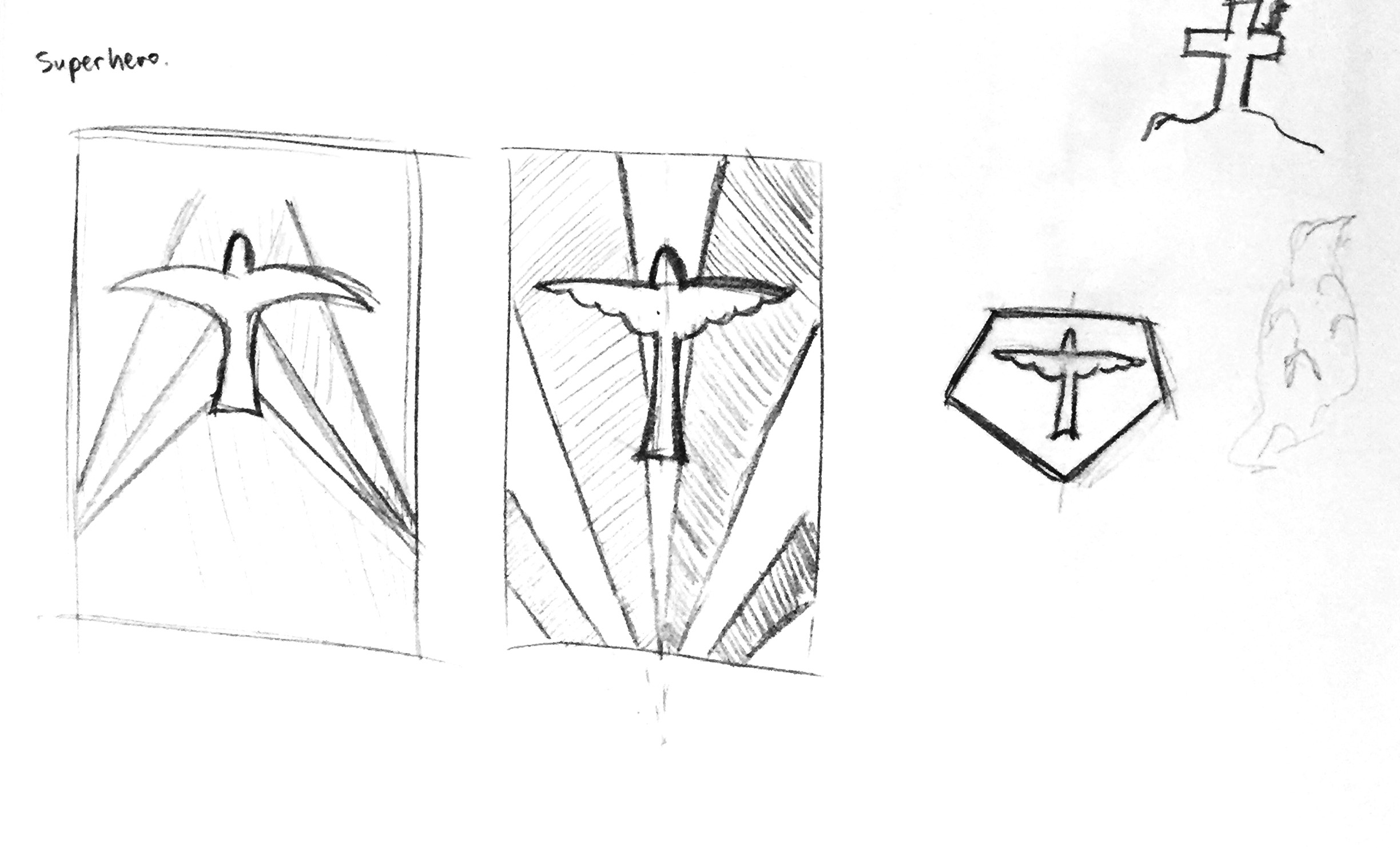
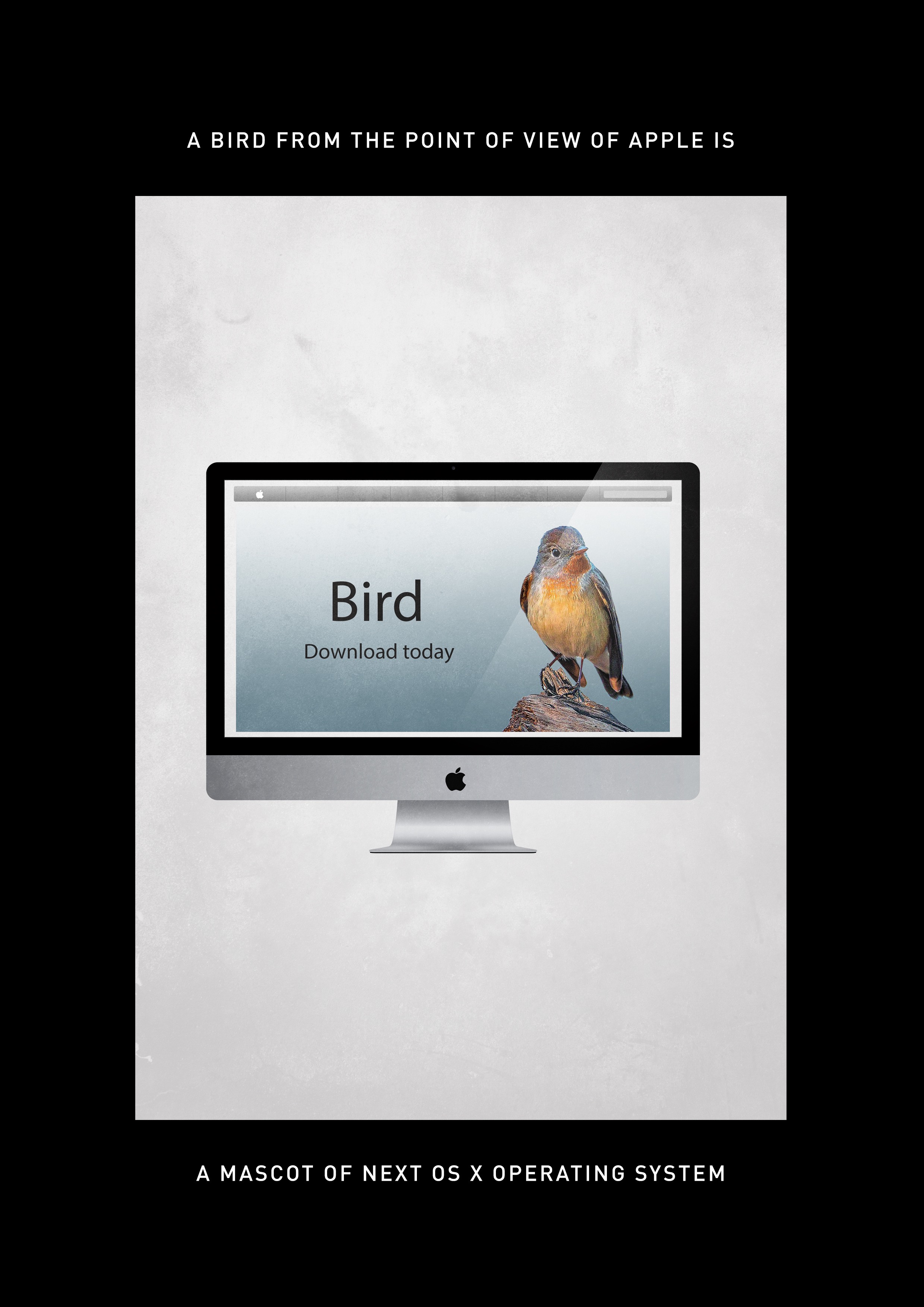
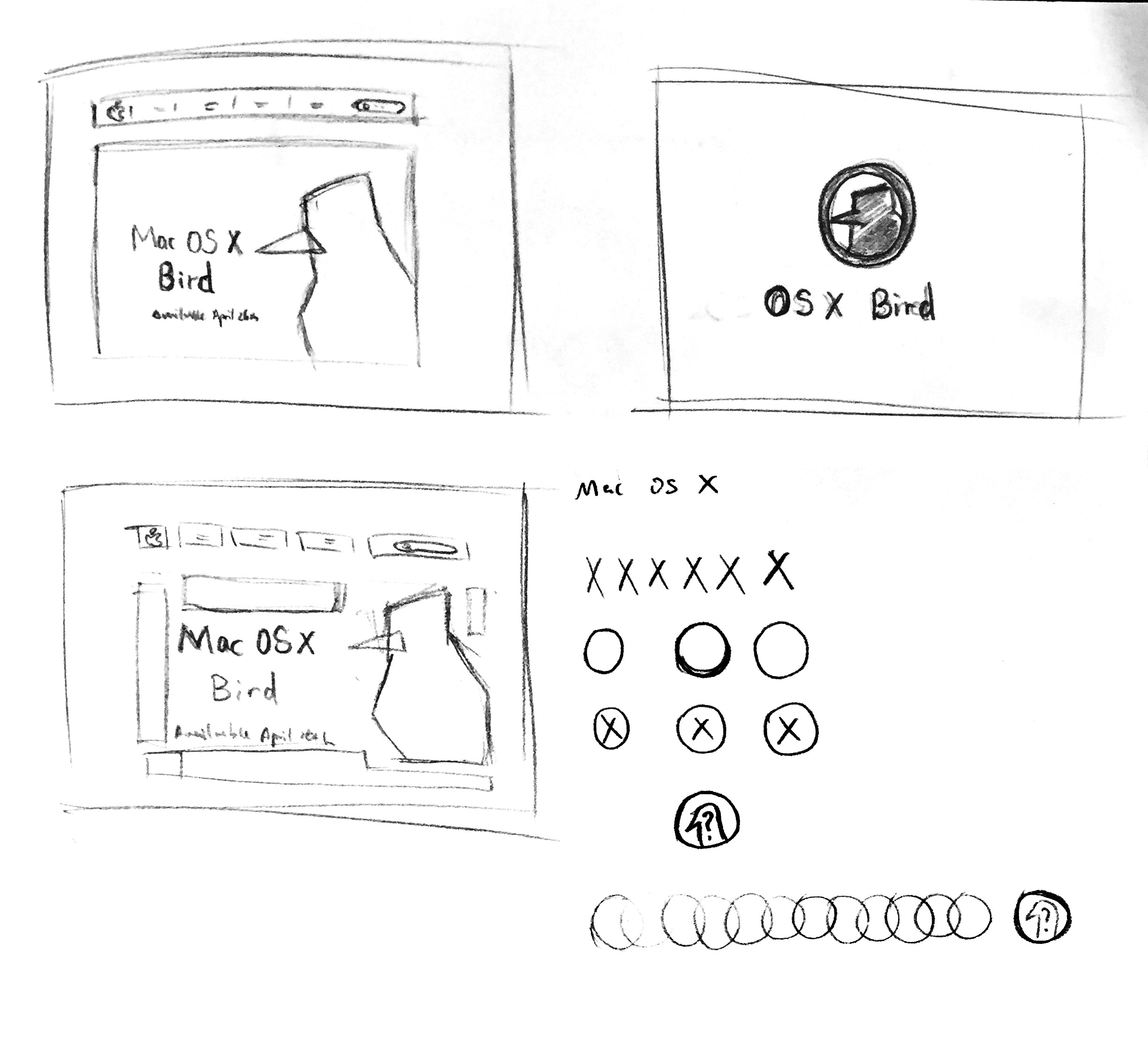
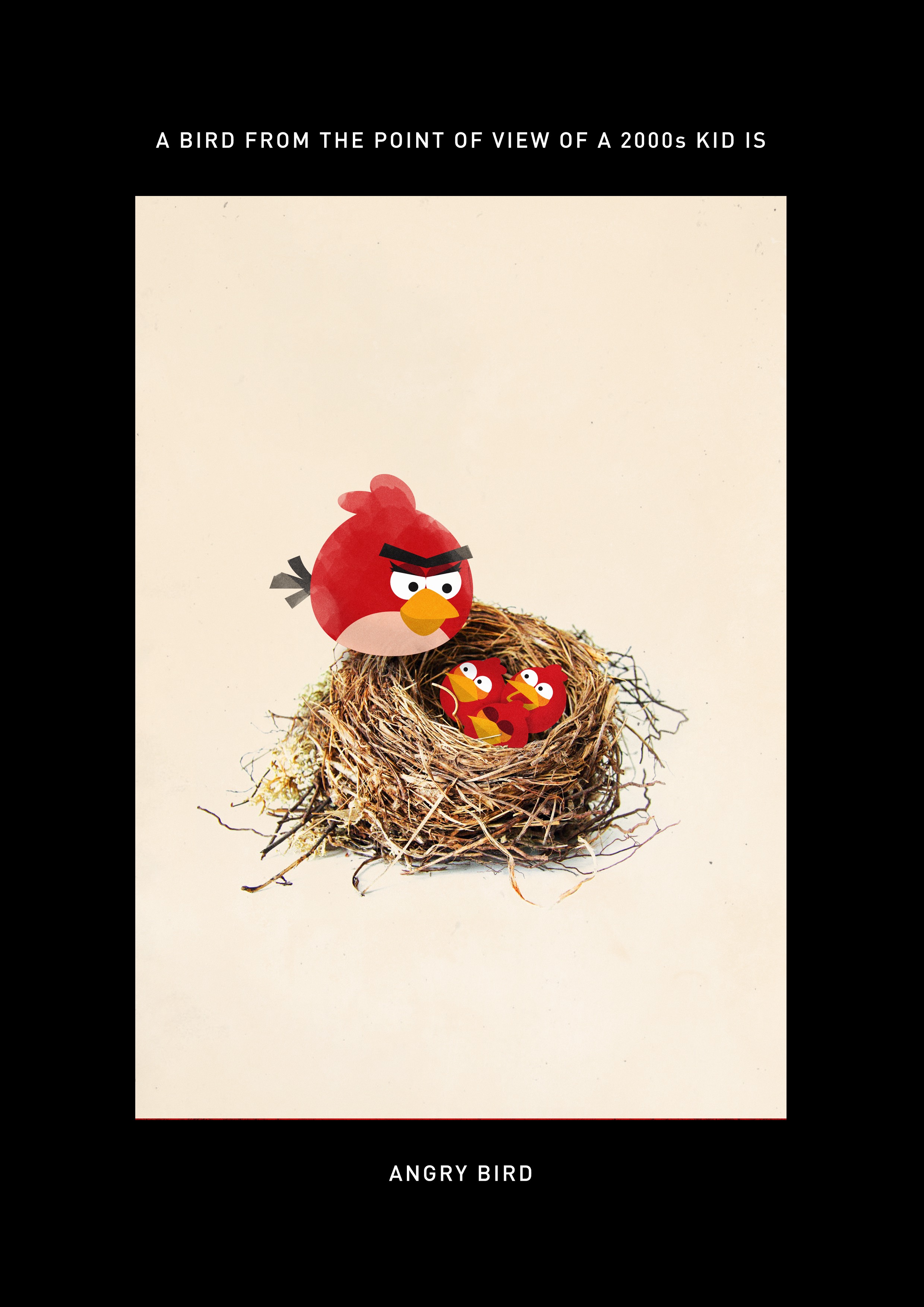
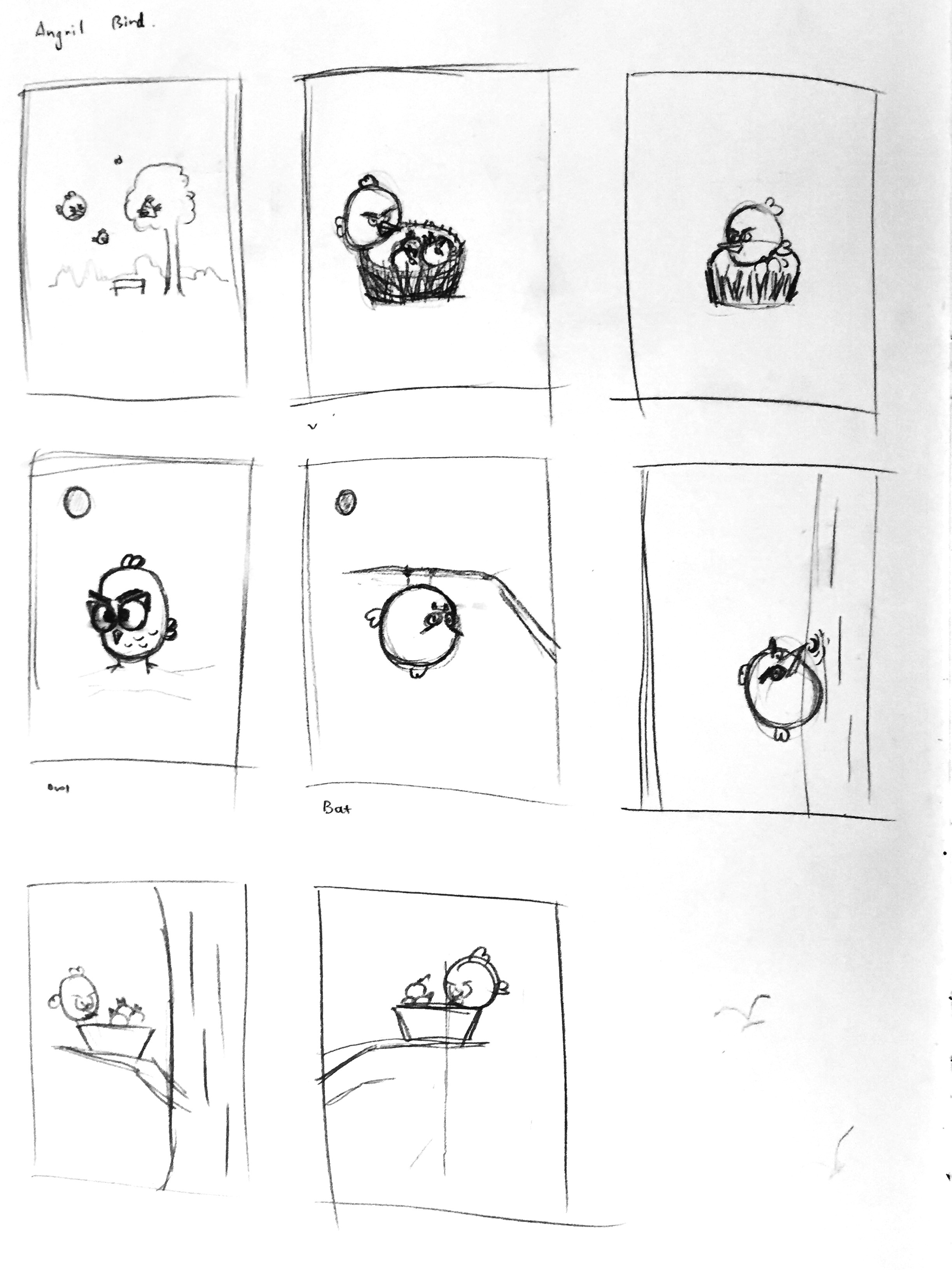
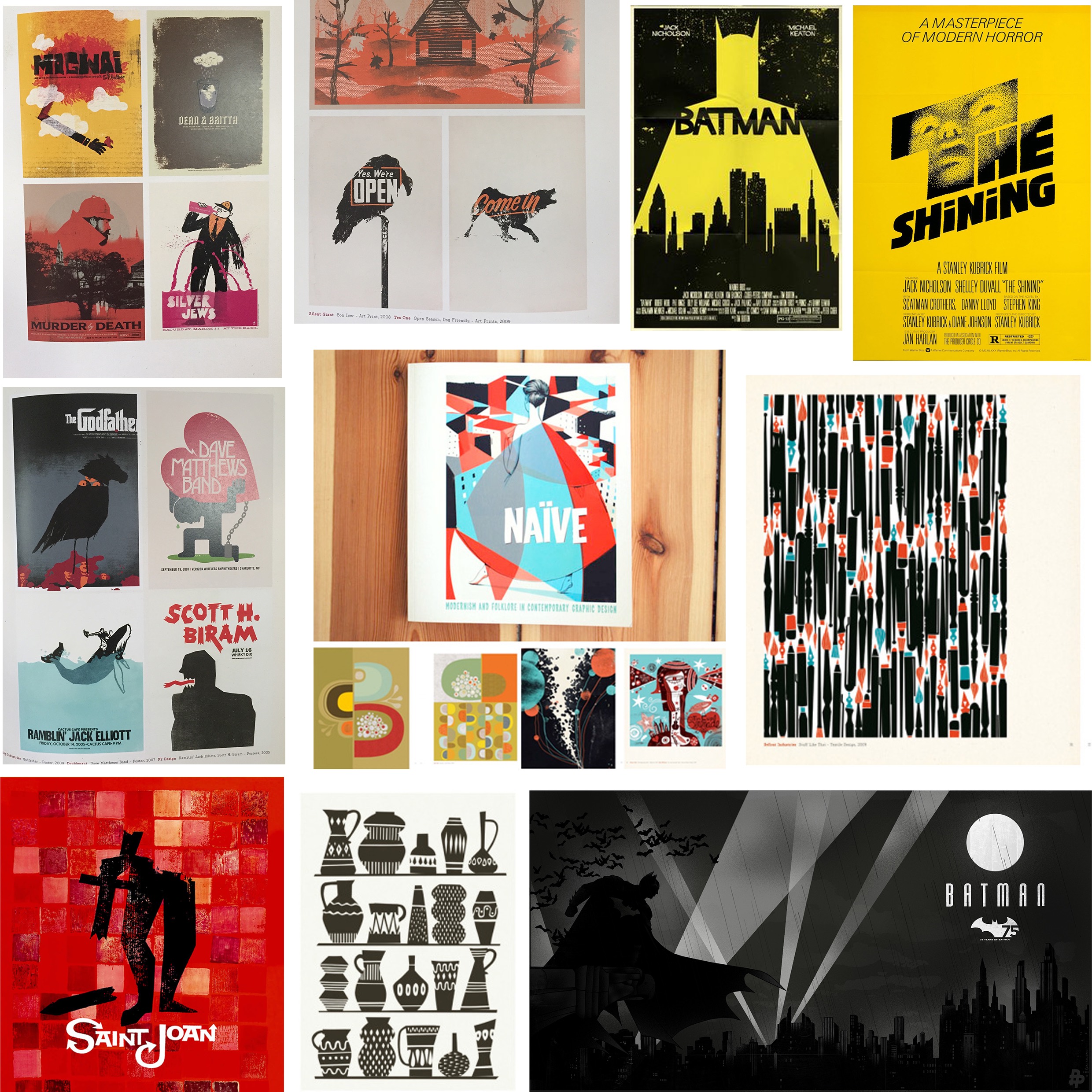
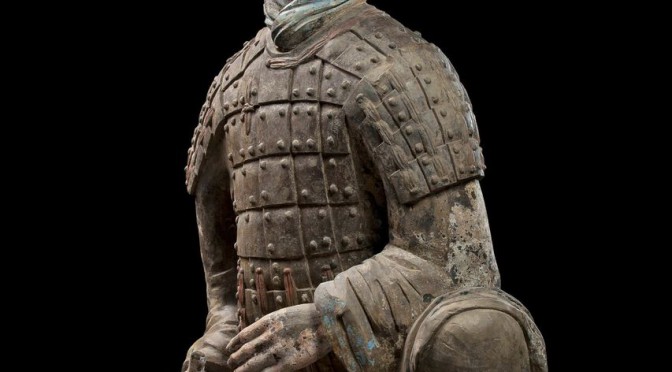




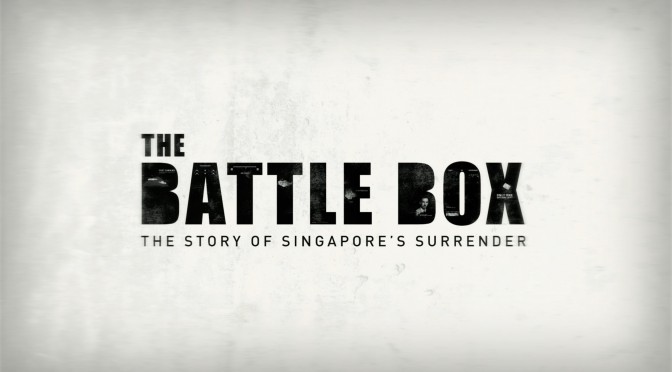
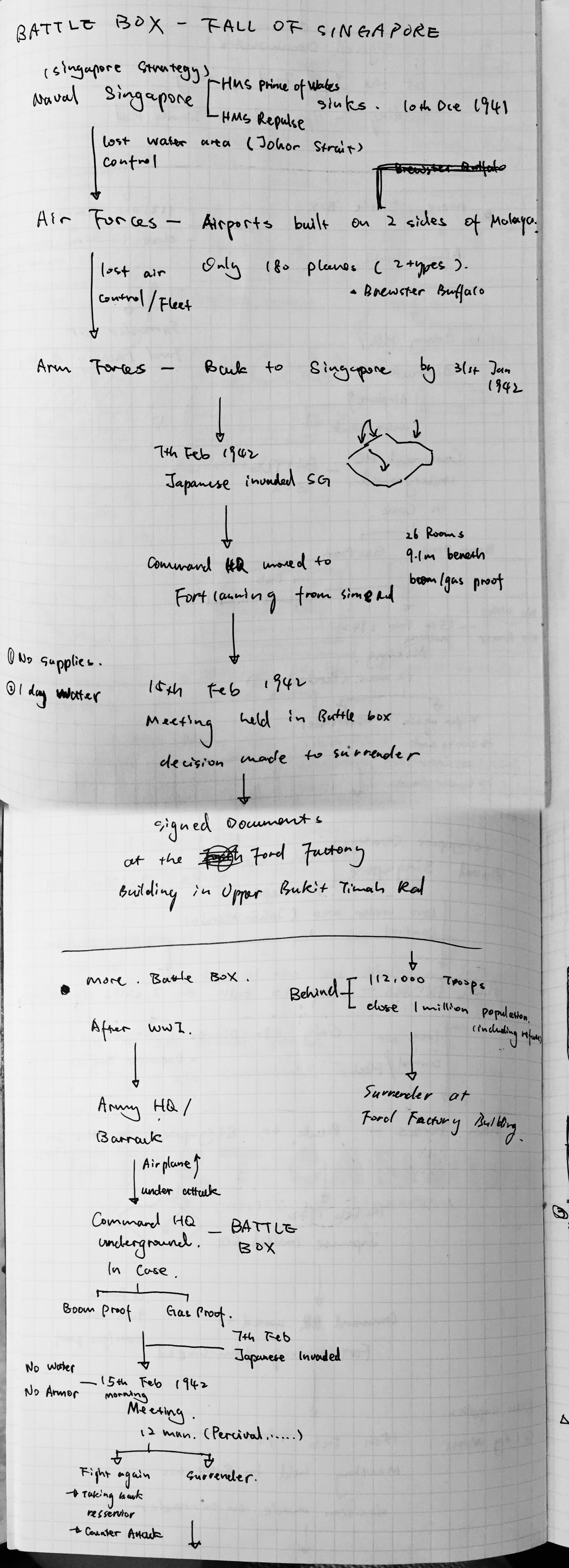
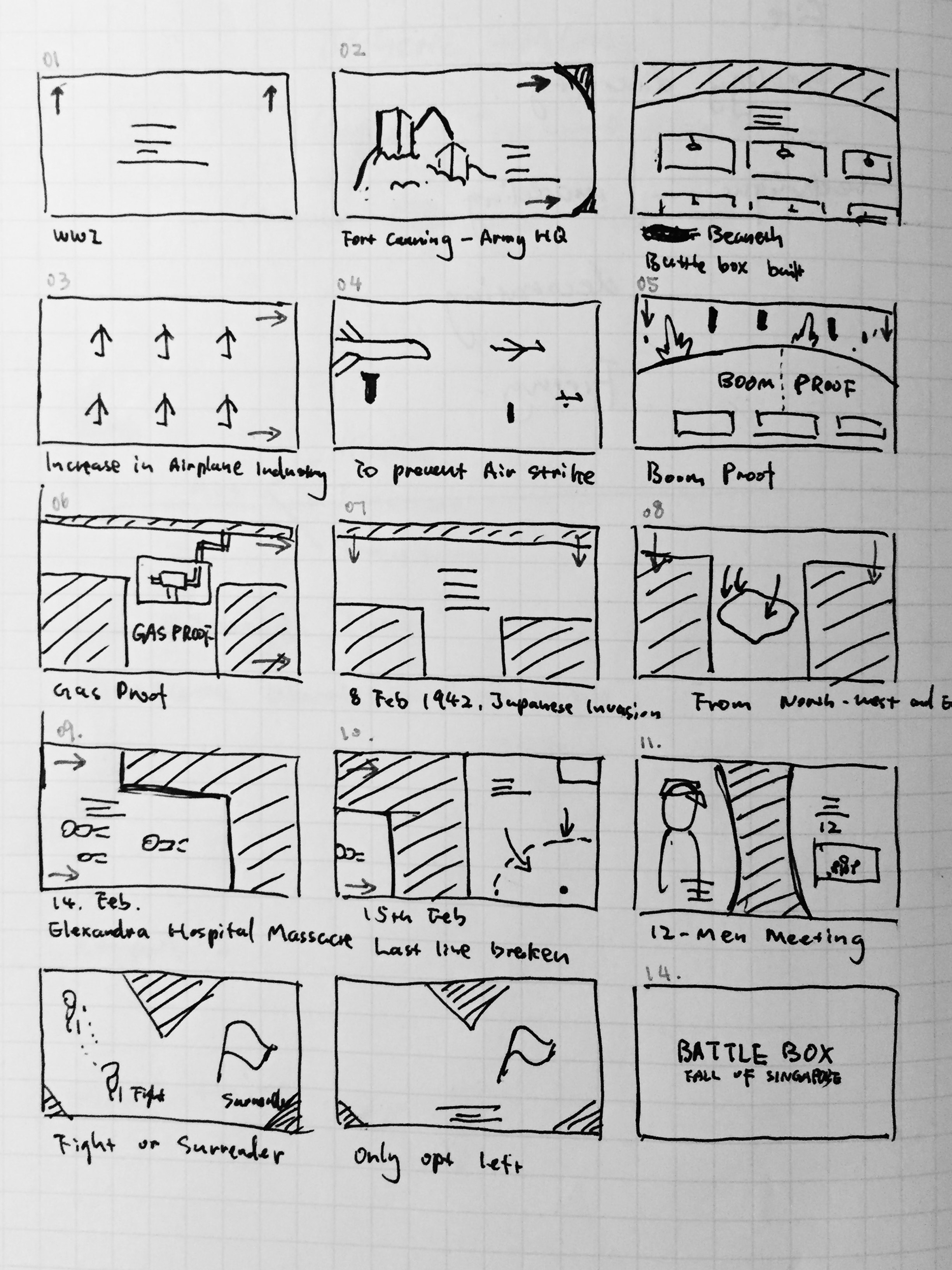
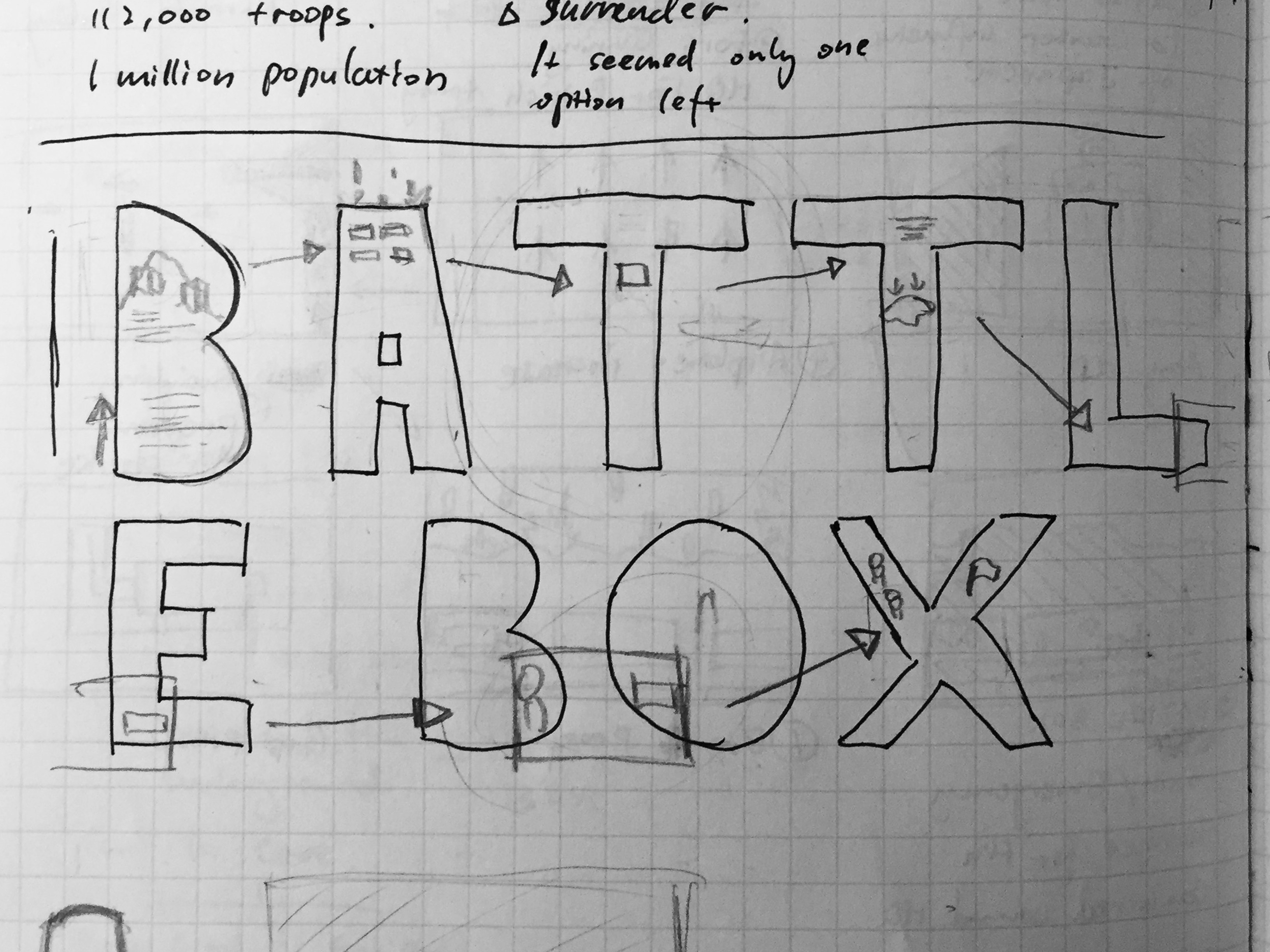
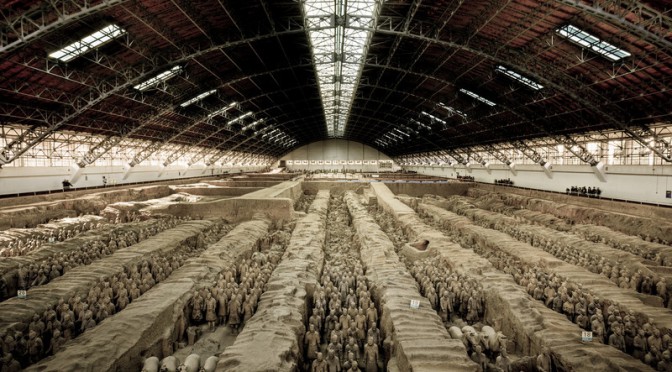
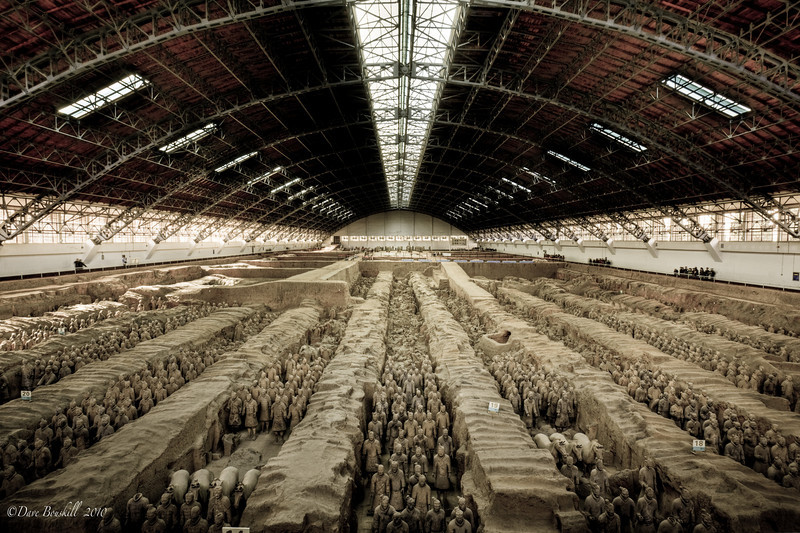
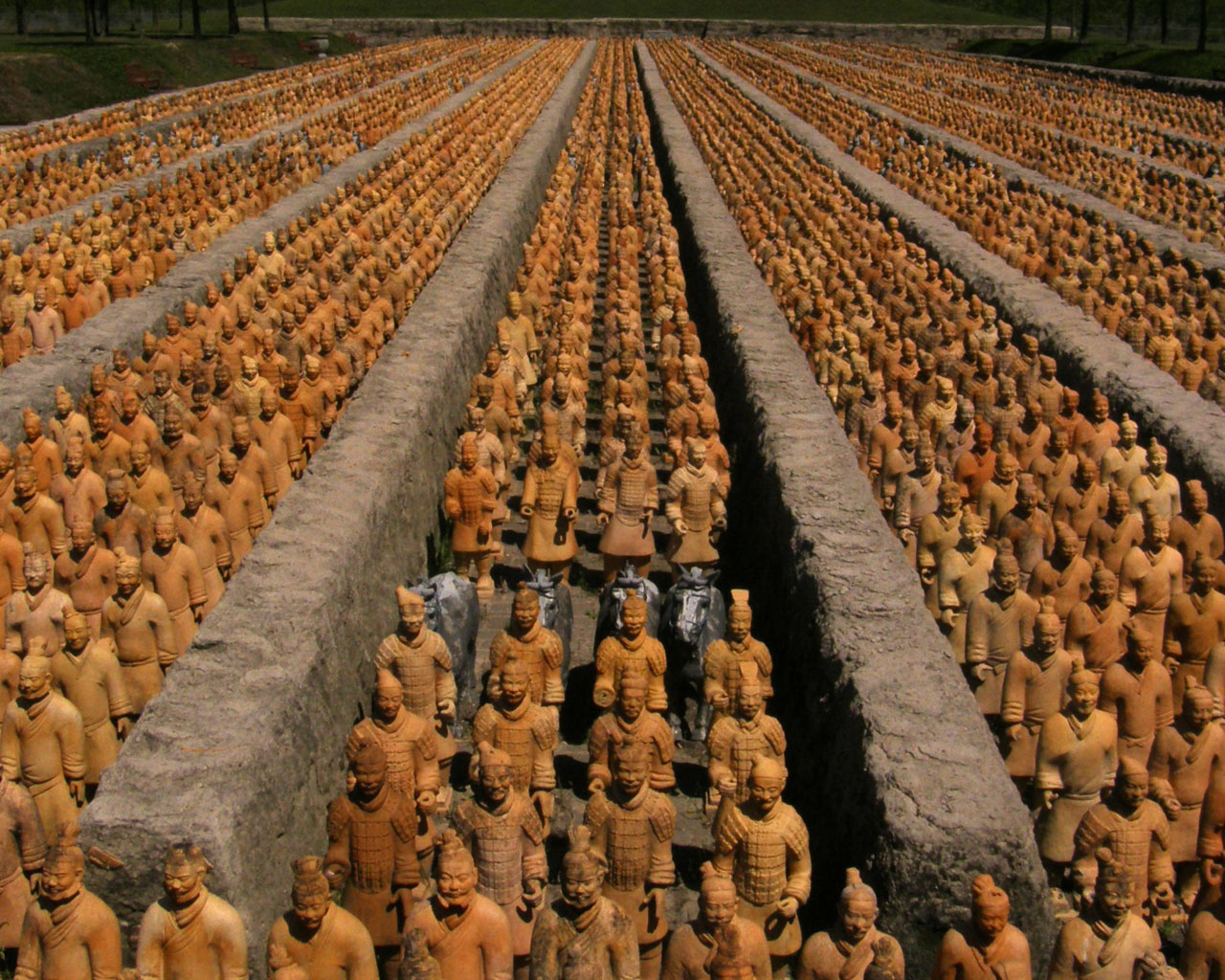

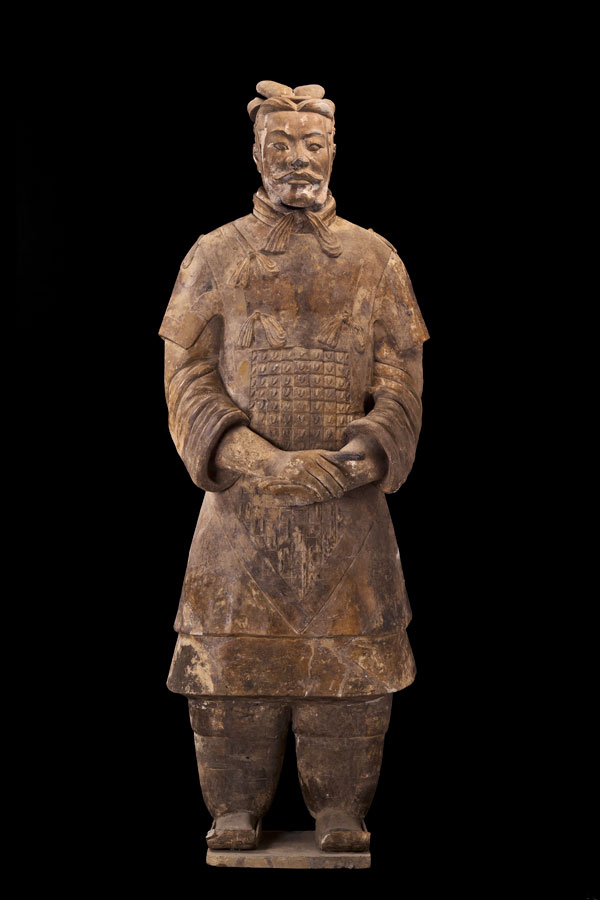
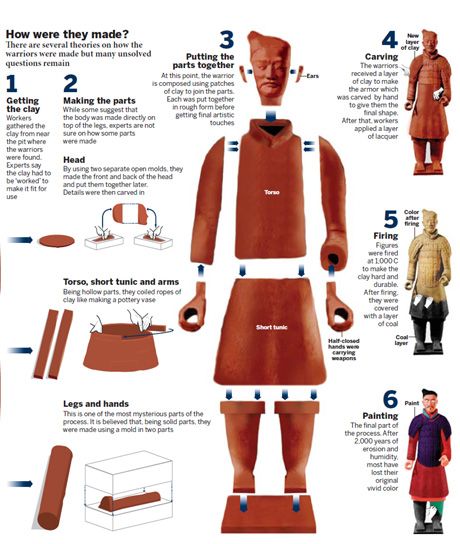
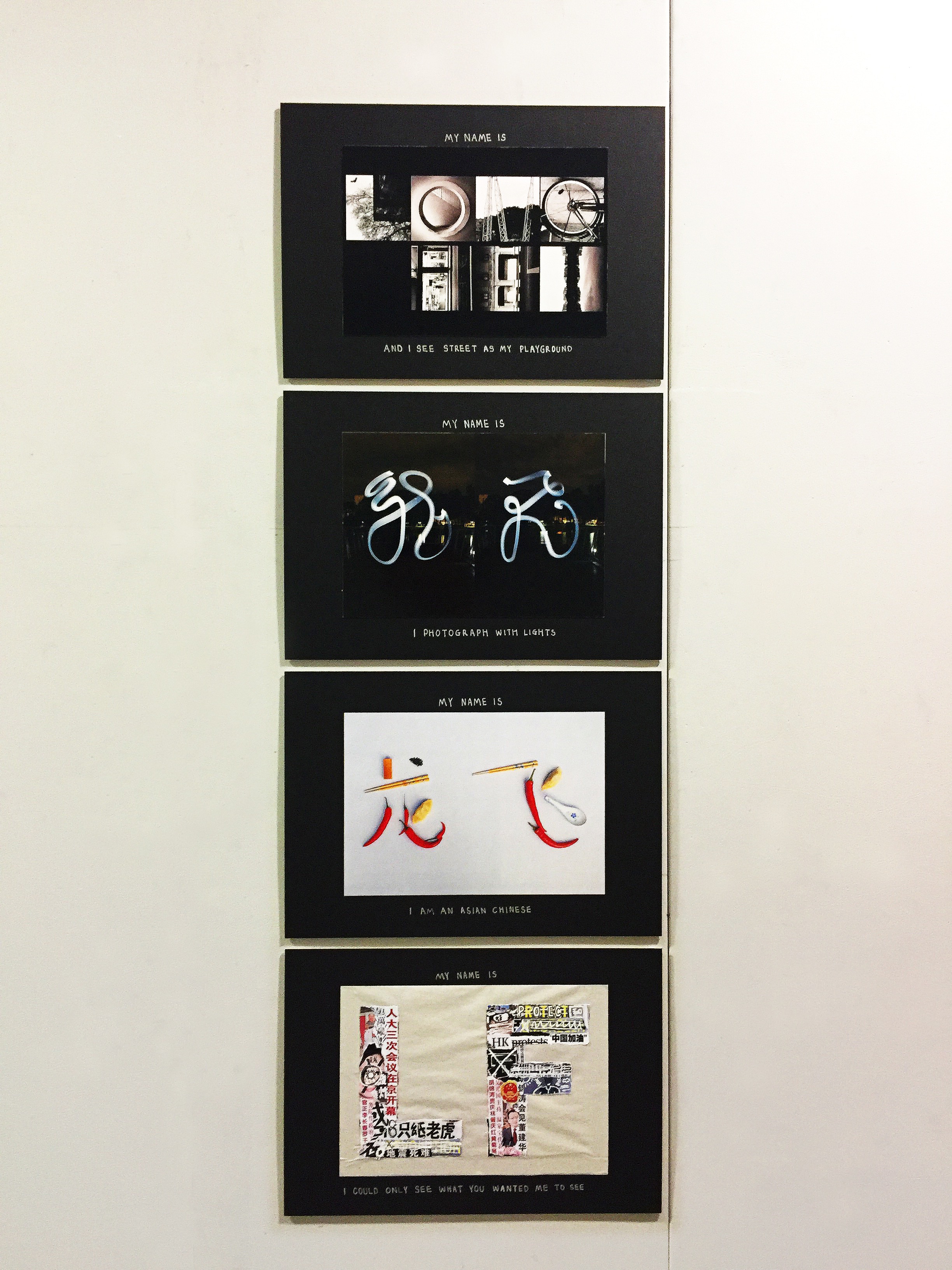

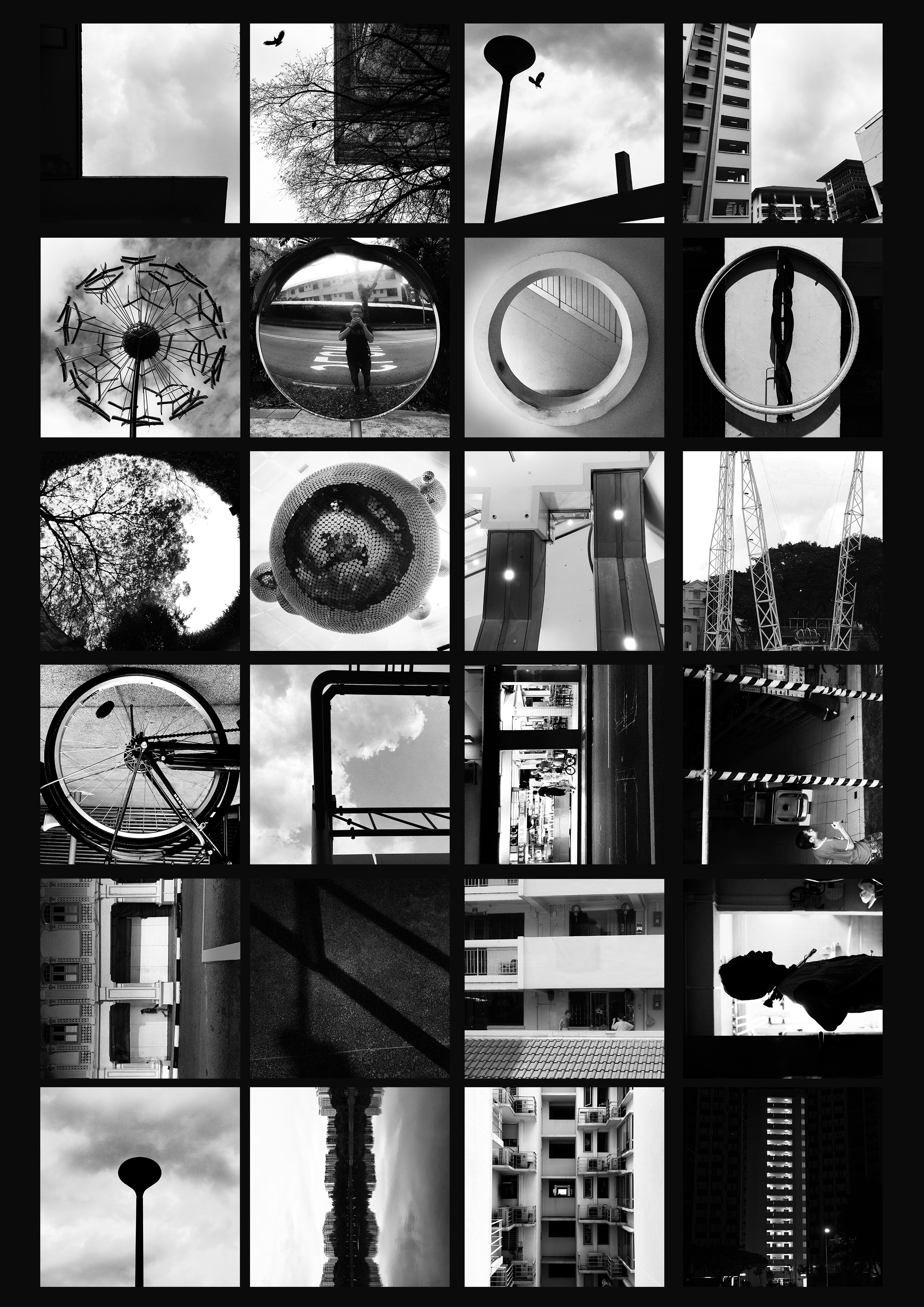
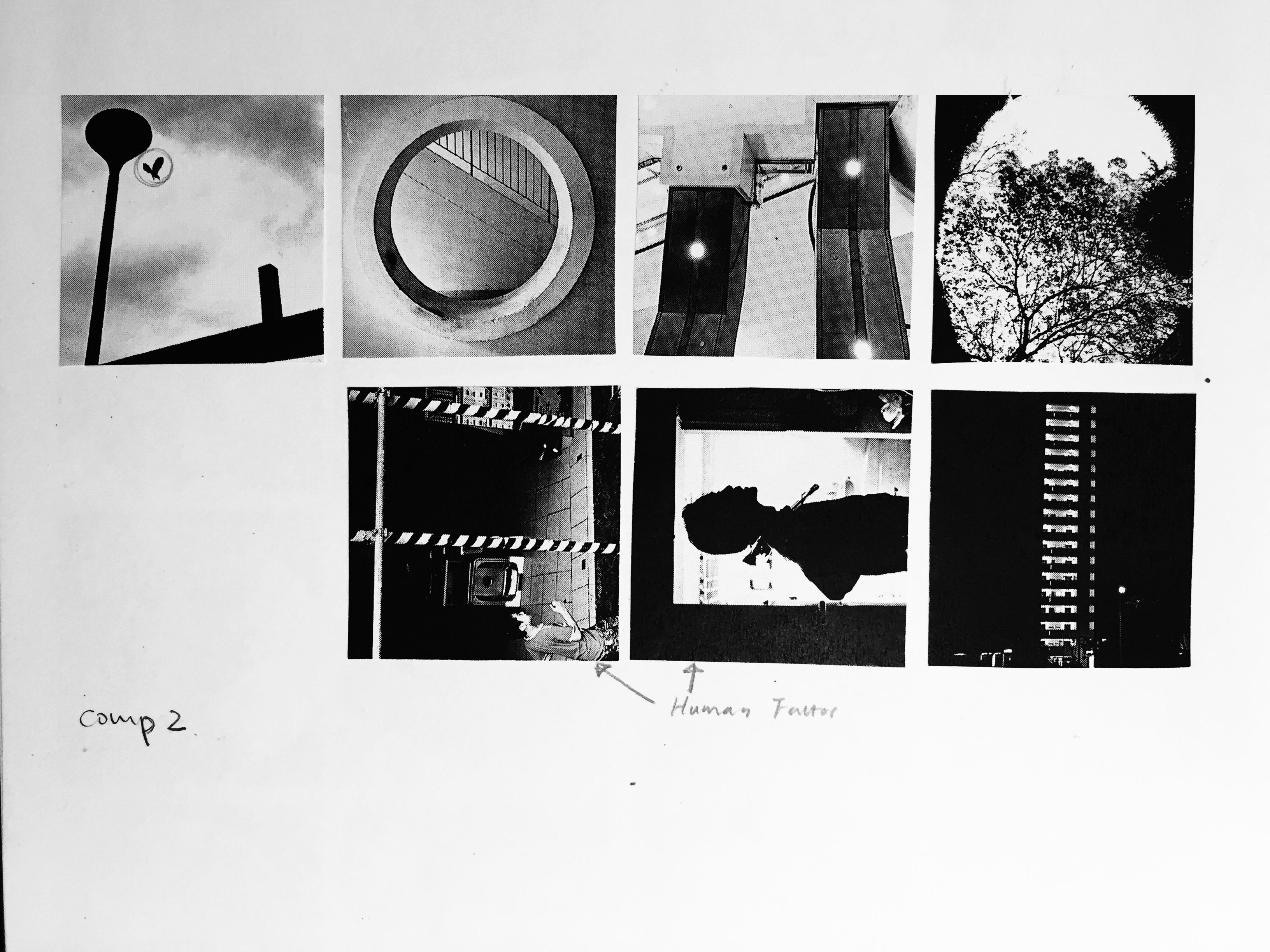

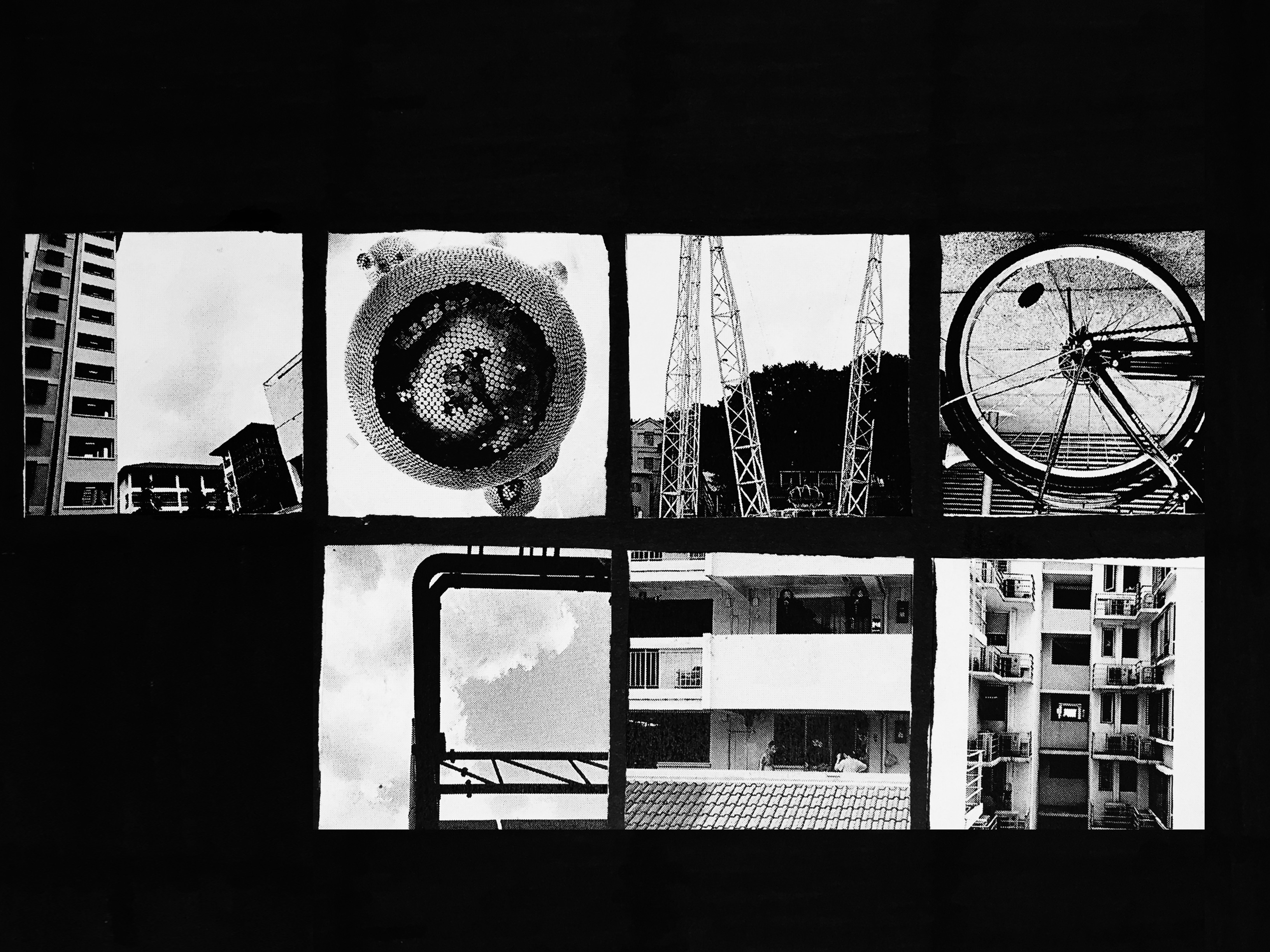

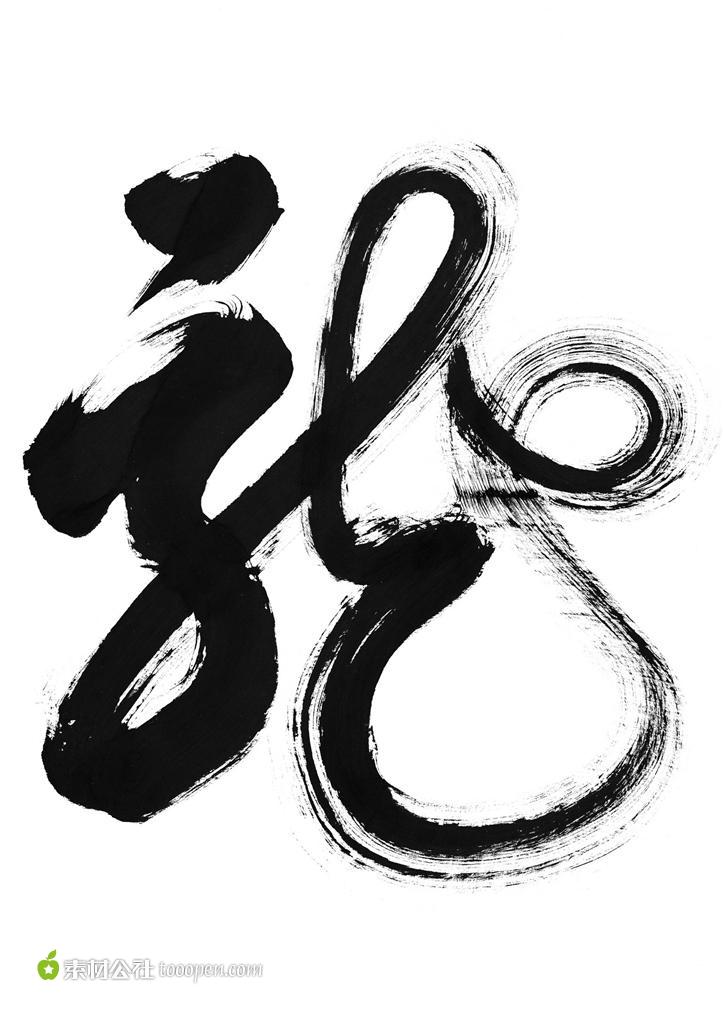
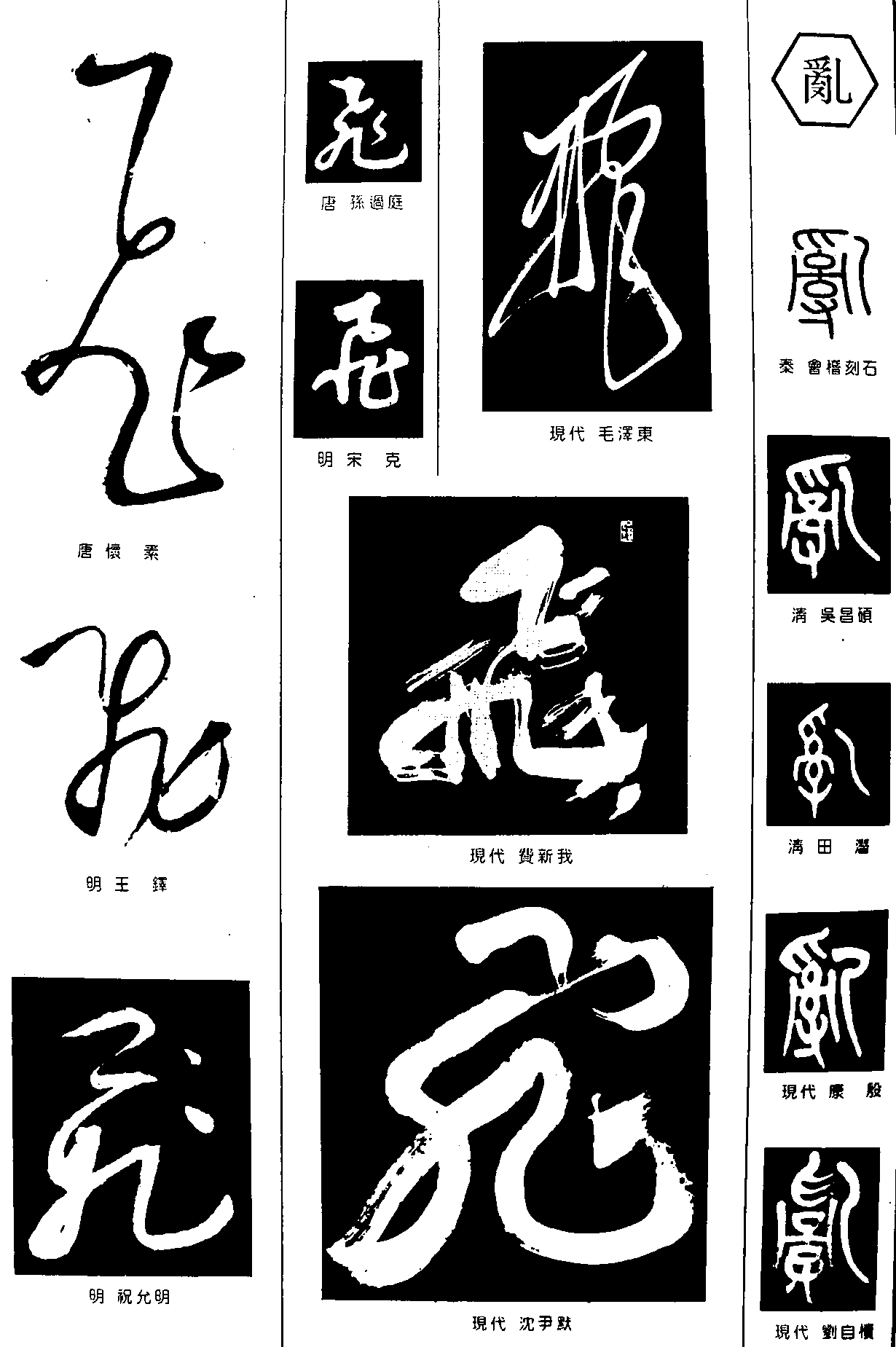

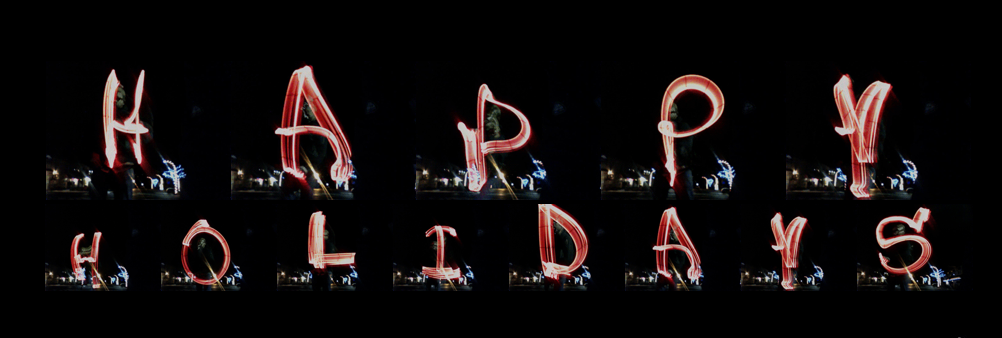
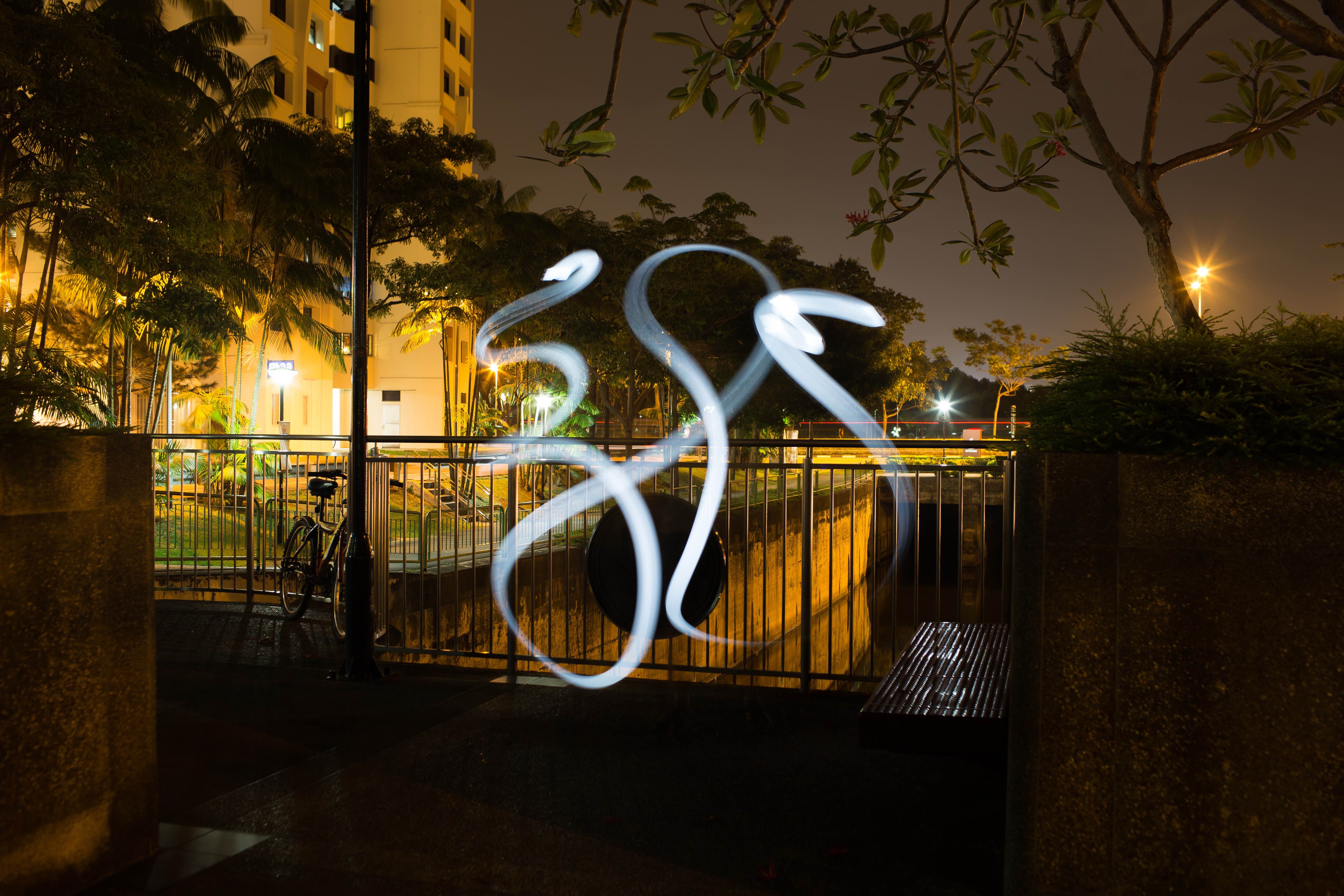
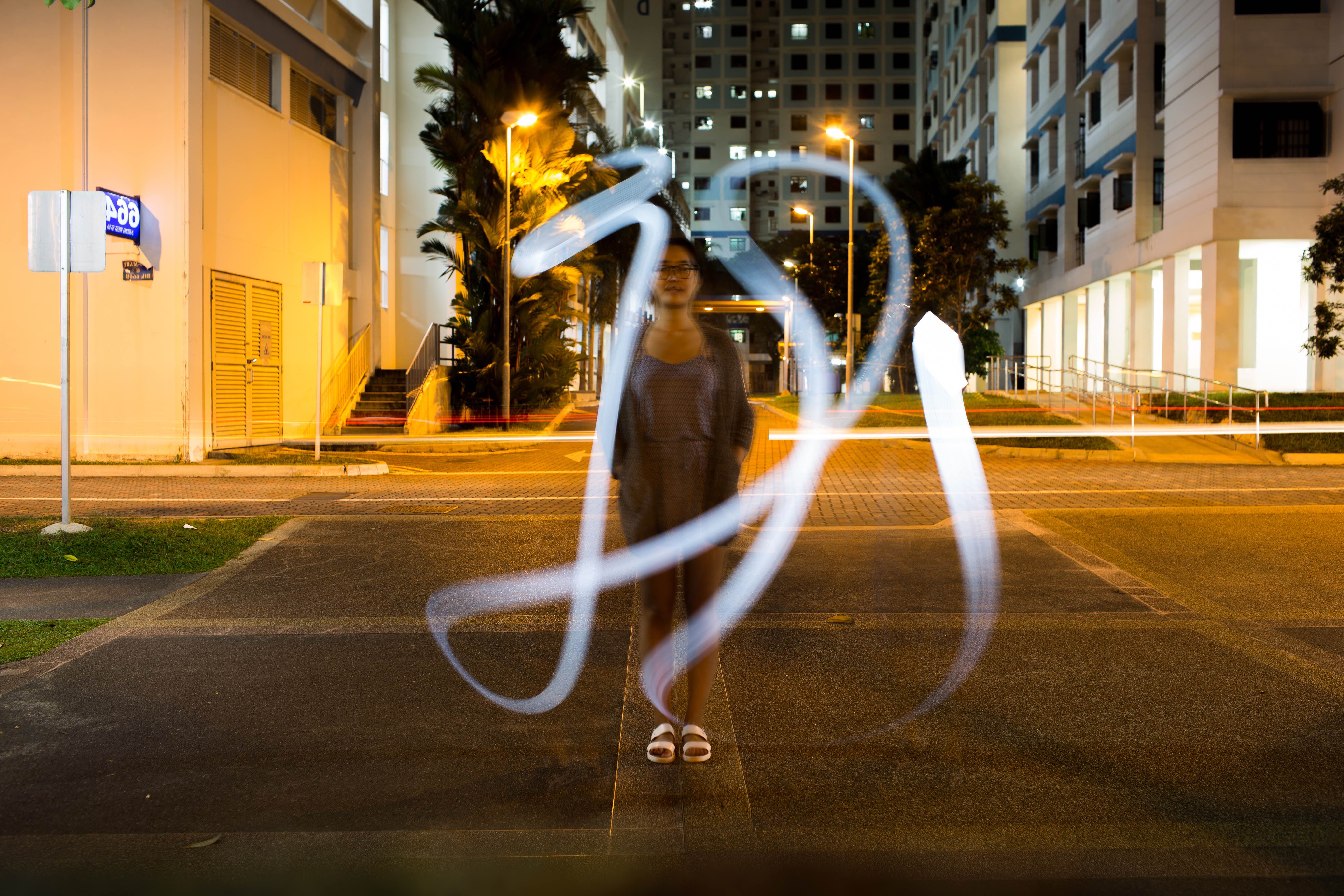
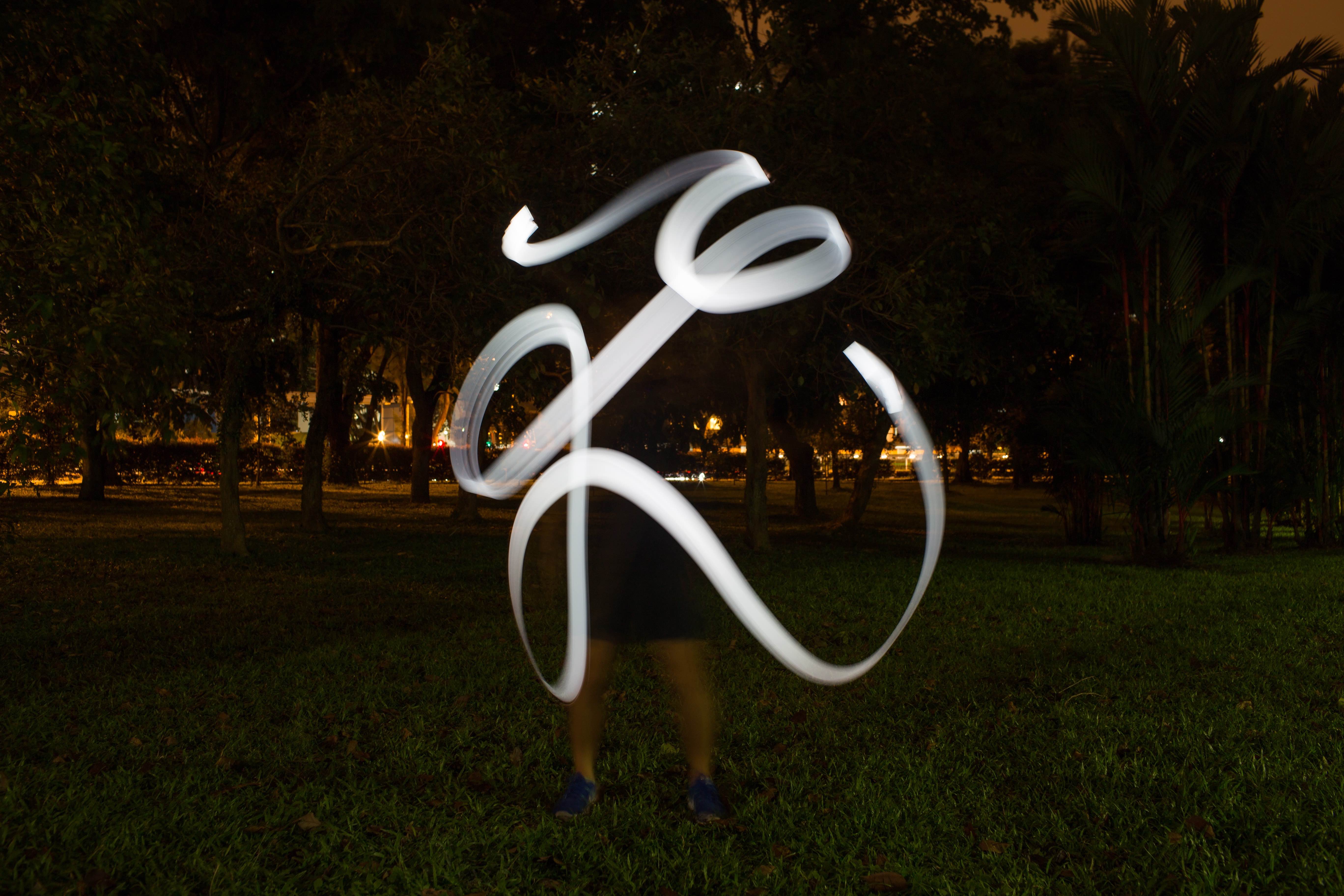


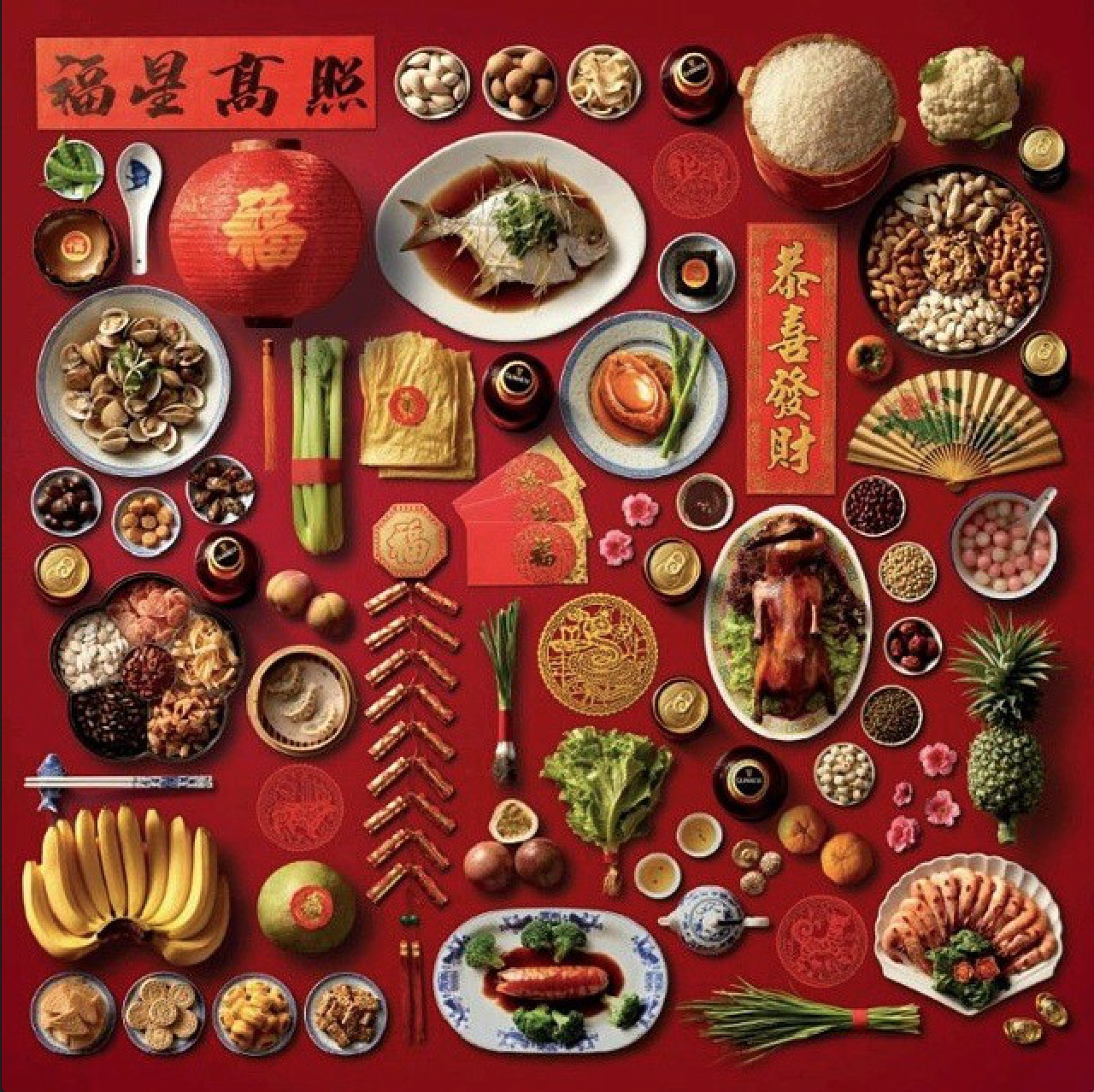
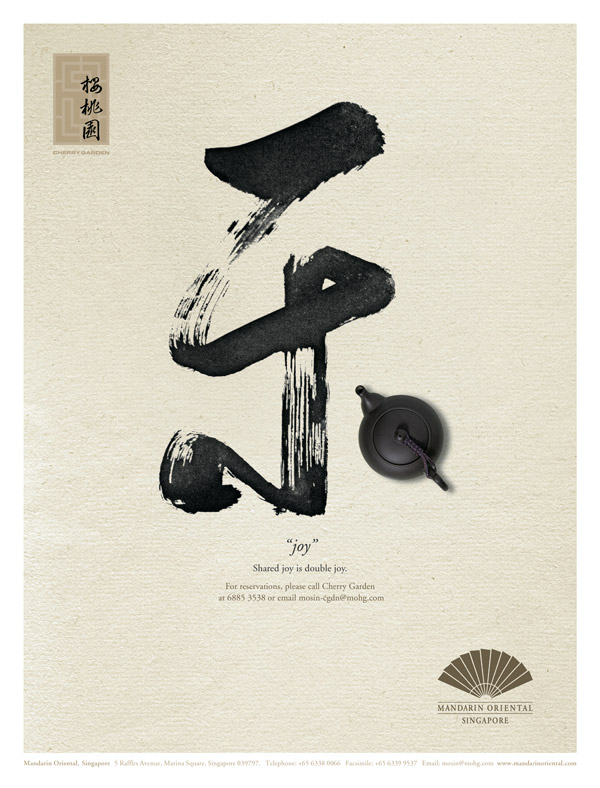

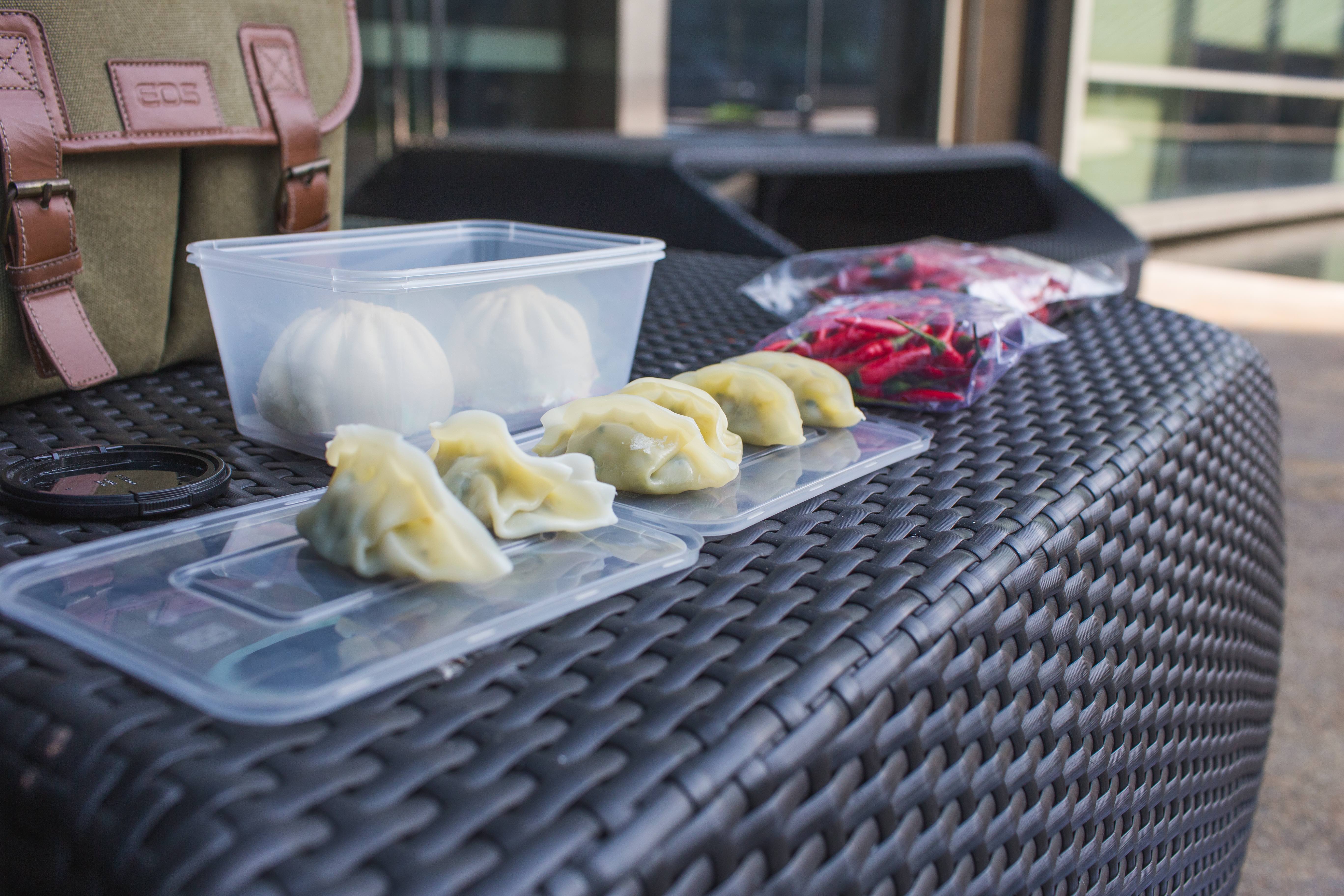

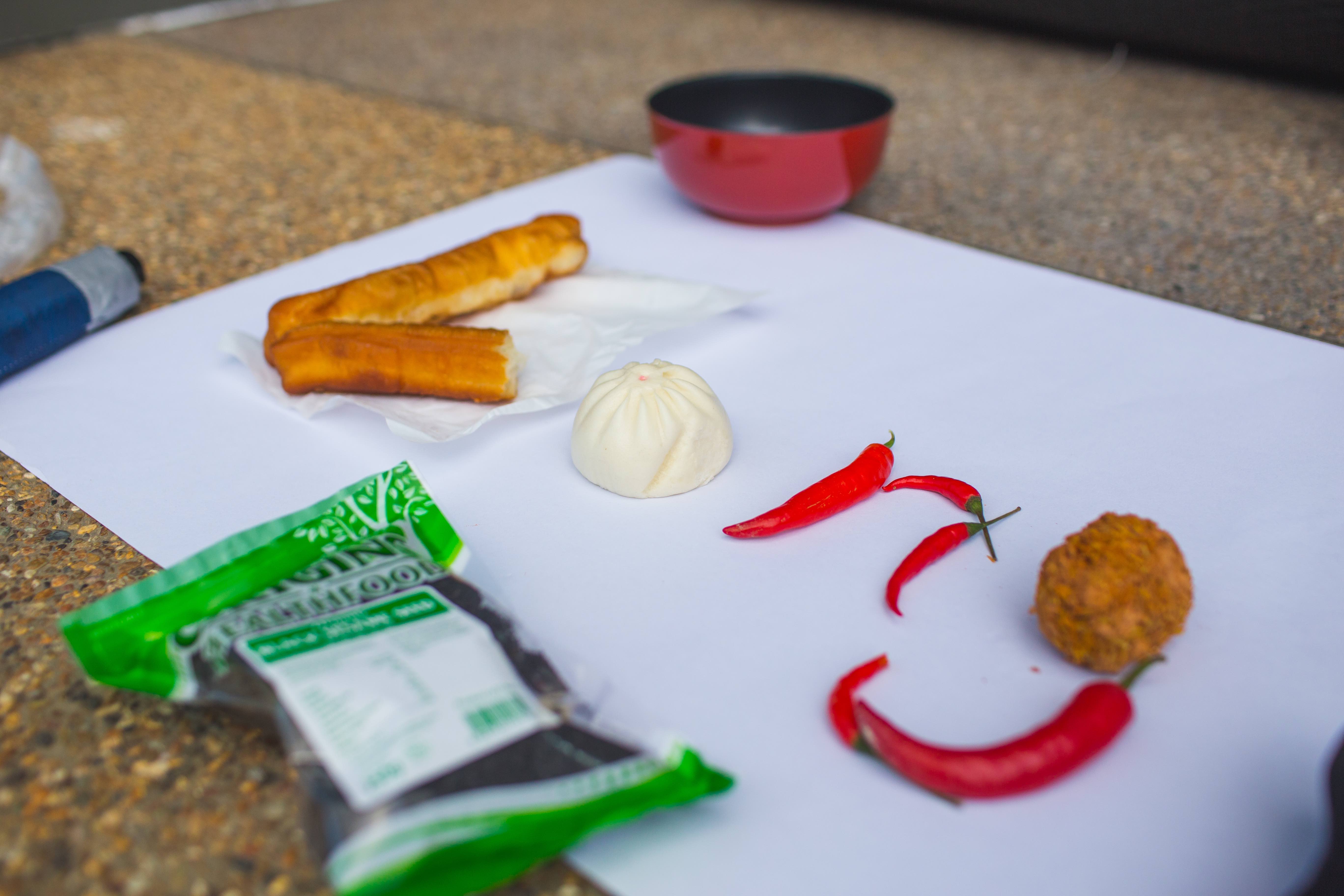

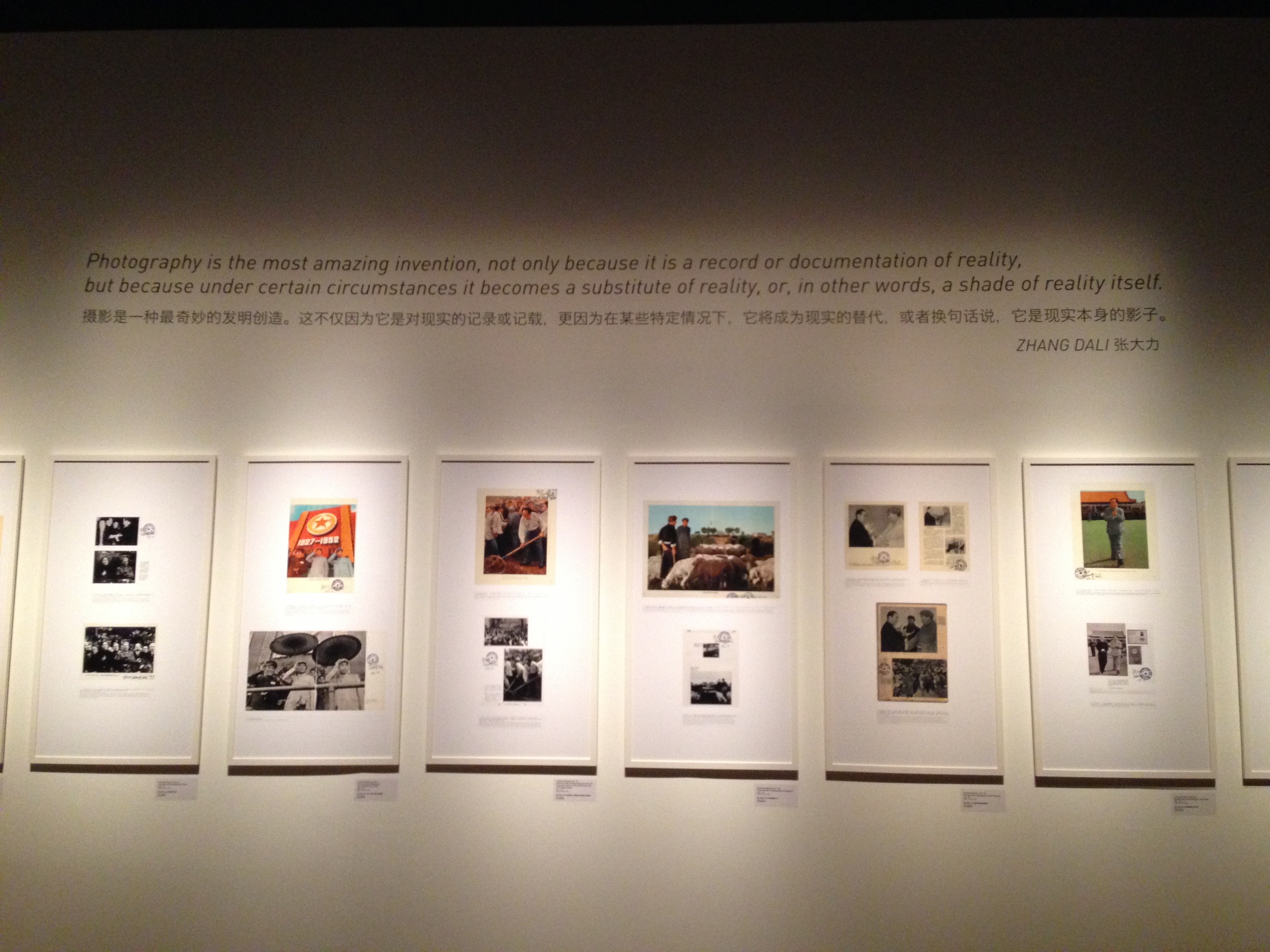
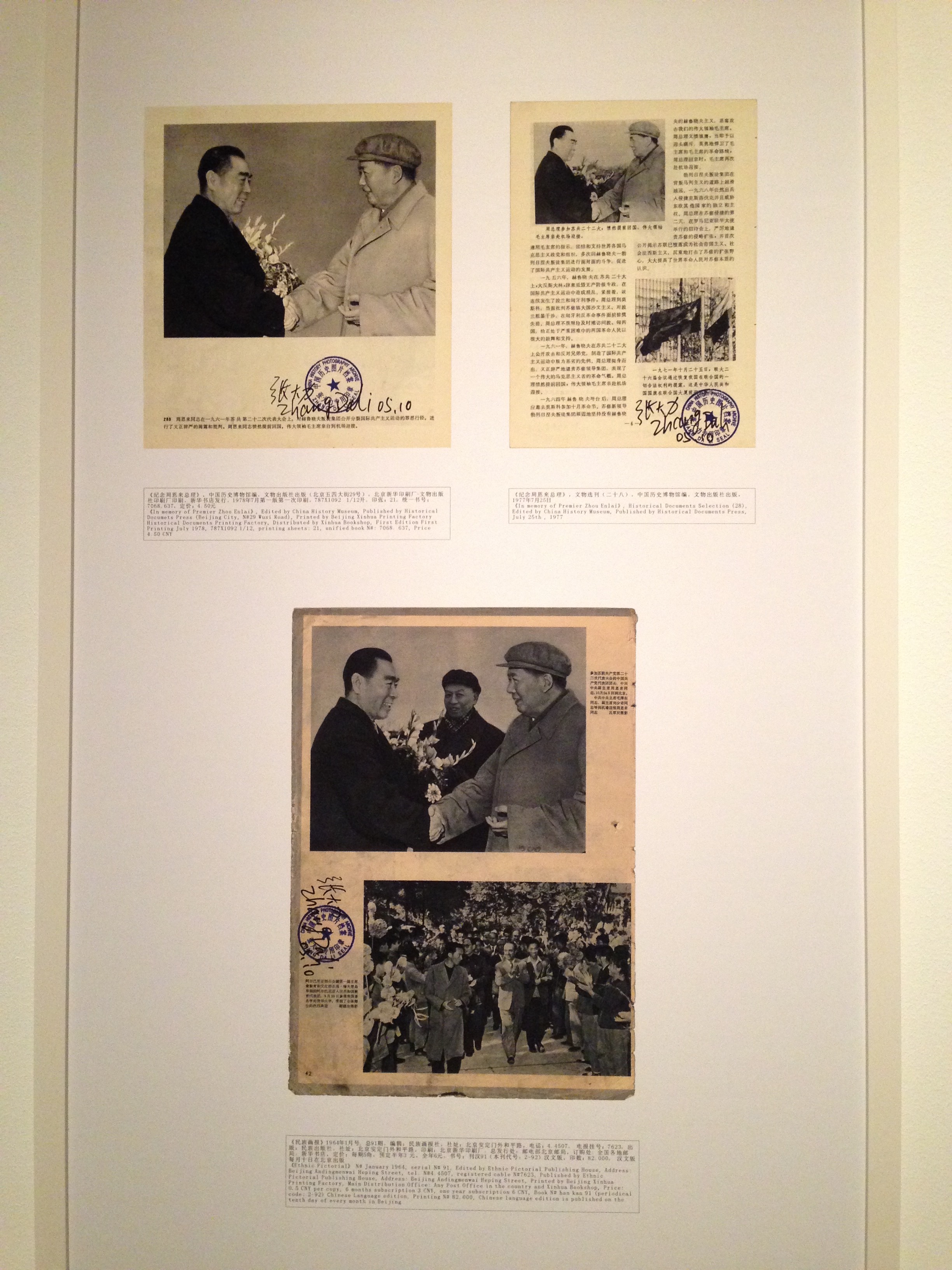
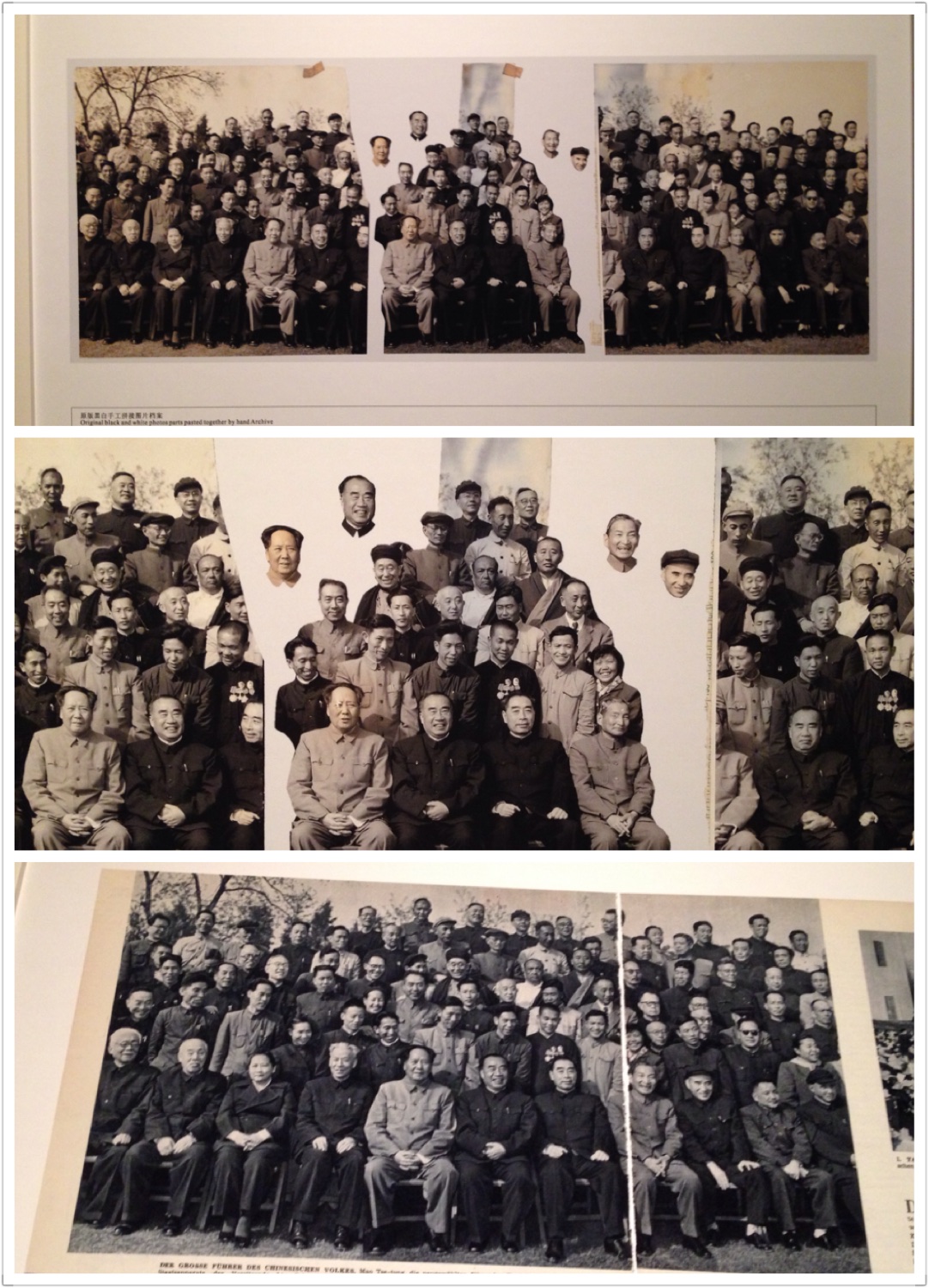








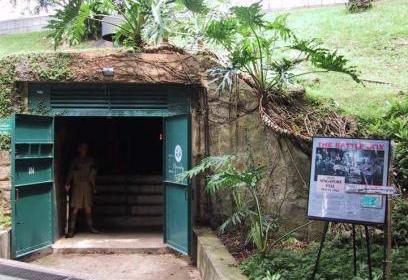


Recent Comments